Best MIDI pad controllers 2025: Our top pad controller picks for every budget and every task
Expert advice for buying MIDI pad controllers for studio and stage and for every budget – including kits by Native Instruments, Arturia and Novation
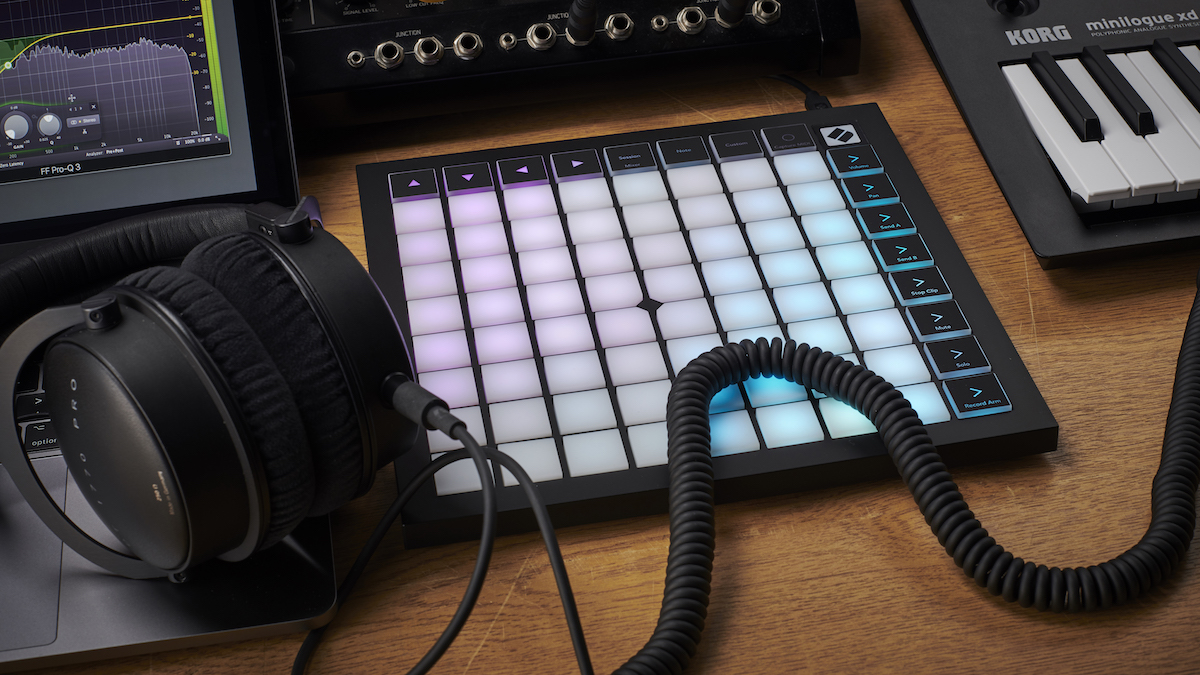
The best MIDI pad controllers are now some of the most important devices in music production and performance, acting as the tactile interface between you and your studio software and hardware, and allowing you to control it more efficiently and perform with it, just like an instrument.
Pad controllers are available in all sorts of shapes and sizes to suit just about every production and performance task, from small-form pad-based sequencers, equally as home controlling a Eurorack setup as they are virtual instruments, through NI's Maschine range of controllers with dedicated software, right up to Ableton's Push 2, a pad controller specifically for controlling the company's Live DAW.
So don't think of a pad controller as just for tapping out beats or triggering notes, as many have been designed to be so integral with today's gear that they are almost an extension of it, instruments in their own right, enabling you to compose and record melodies, chords and basslines, or sequence entire songs together to trigger both your music software and other hardware – great news for players and non-players alike.
We have decided not to include any music production workstations such as NI's Maschine+, Roland's Verselab MV-1 and Akai MPC Live II. While they include some MIDI control, their focus is more as hardware DAWs for complete song production.
We've listed the controllers in price order to make it easier for you to find the right one for your budget. Our handy price widgets also display the latest and best prices at our trusted retailers.
Best MIDI pad controllers: Our top picks
Novation's Launchpad X is one of our top MIDI pad controller buys. With its compact design and many of the features found on its bigger singing, the Launchpad Pro, it ticks all of the creative performance boxes but is also practical and flexible, not to mention fantastic value.
For Ableton Live control, nothing still beats Ableton's own Push 2, which has simply been designed with nothing more than Live in mind so its control focus with that software is second to none and it has become the perfect hardware extension of it.
On a similar level in terms of a software and hardware partnership Native Instruments Maschine Mk3 is also a fantastic buy with both an MPC workflow and excellent features, not to mention its audio interfacing capability.
For budget pad control, Arturia's Beatstep Pro gives you great features and perfect sequencing over your modular hardware and instrument software, while IK's iRig pads is a fantastic device for control over your more mobile devices.
Best MIDI pad controllers: Product guide
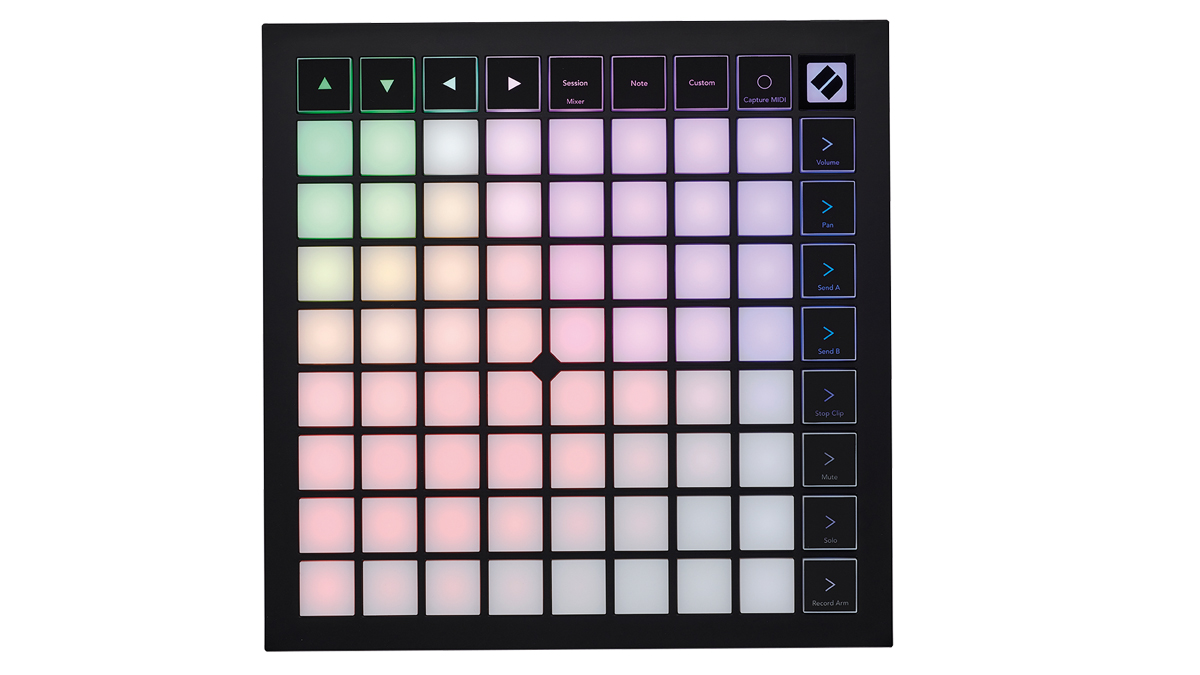
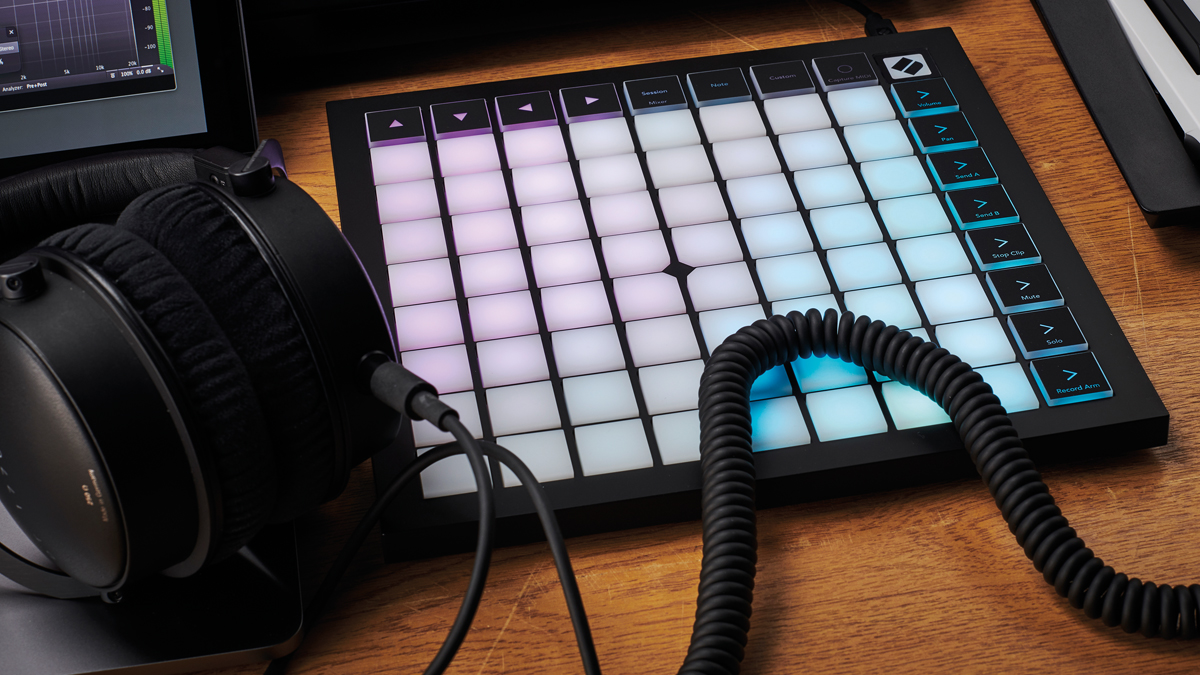
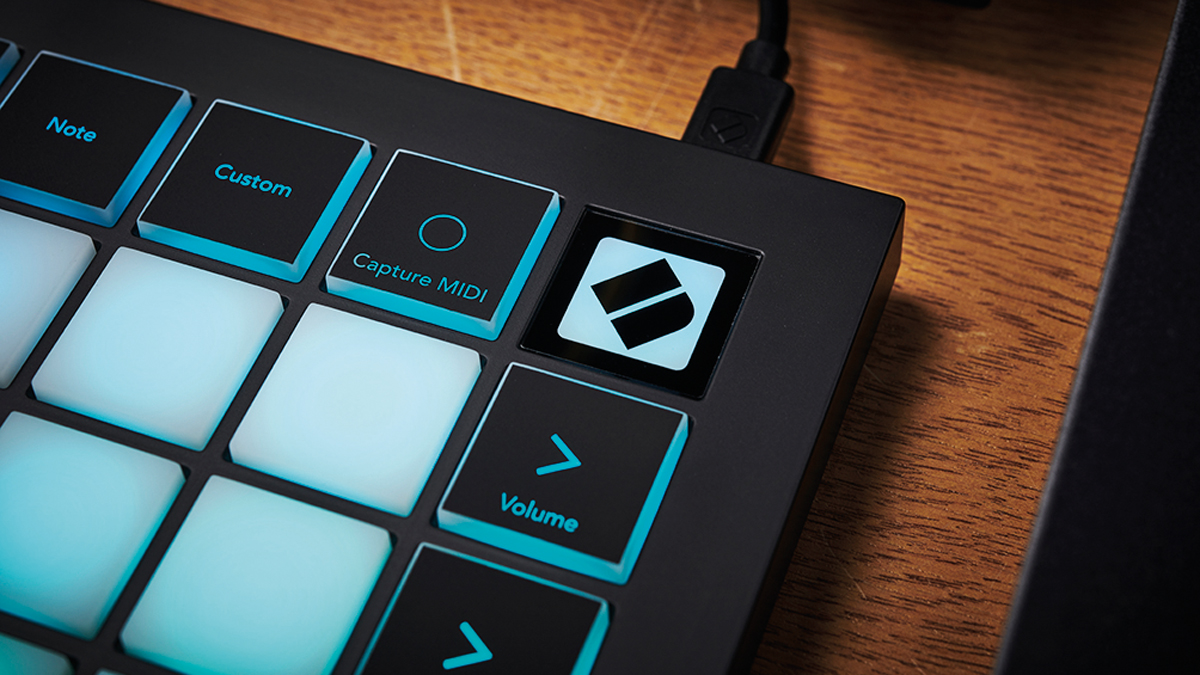
Specifications
Reasons to buy
Reasons to avoid
The X in the name of this third-gen Launchpad marks a decade since Novation’s original 8x8 pad controller hit the market. There’s no doubt that, in that time, the Launchpad has proved hugely influential, inspiring the design of many other clip-launching MIDI controllers, providing the centrepiece of countless electronic live shows and founding a whole genre of YouTube mashup videos.
This latest incarnation is as clear step up from its predecessors. Not only is it smaller and sleeker looking (though with larger pads) but it also adds velocity sensitivity, previously available only on the Launchpad Pro.
This instantly makes this a far more expressive controller and, while the ‘virtual’ faders used for mixing are still no match for the real thing, this allows for cool, velocity-controlled manipulation of the speed at which level and parameter changes occur. The new custom modes are great for bespoke MIDI control too, and are a breeze to set up in Novation’s Components app.
Read our full Novation Launchpad X review
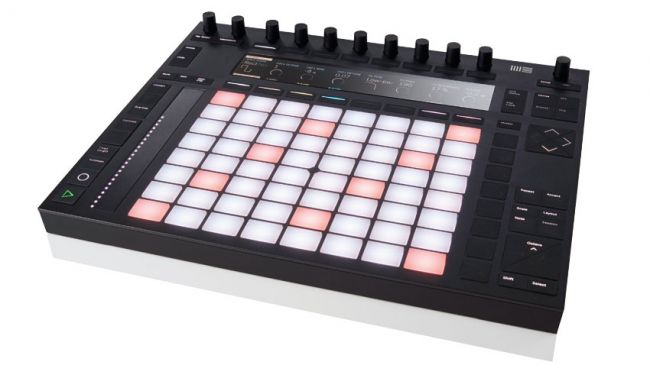
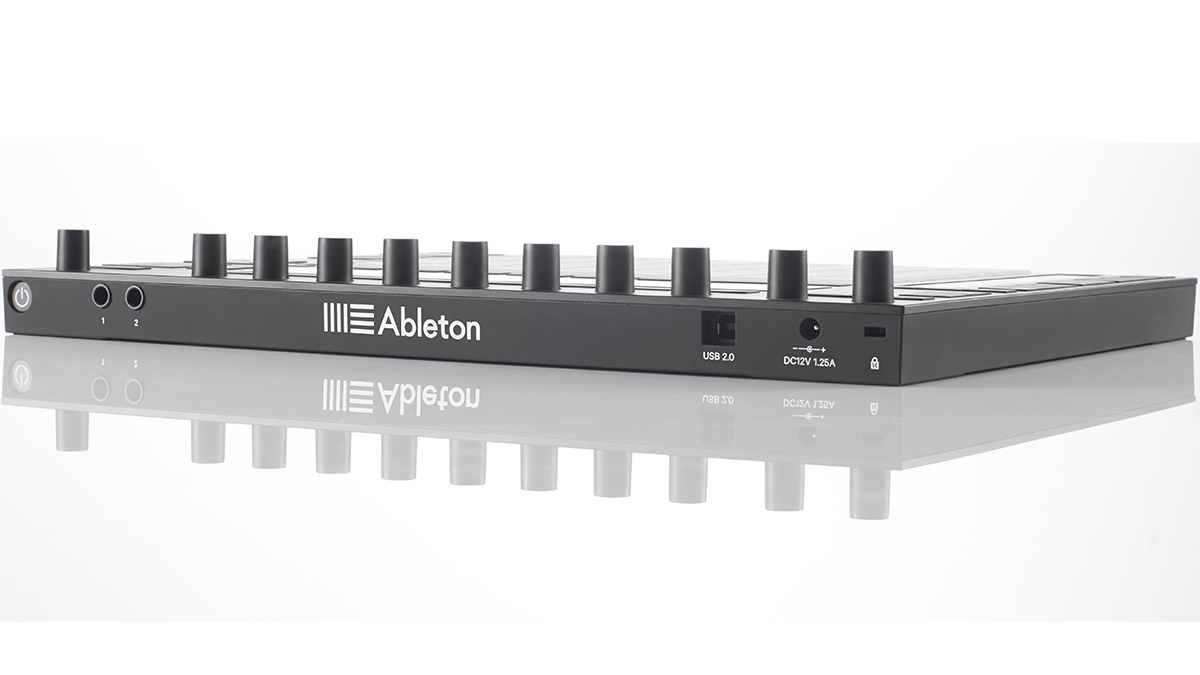
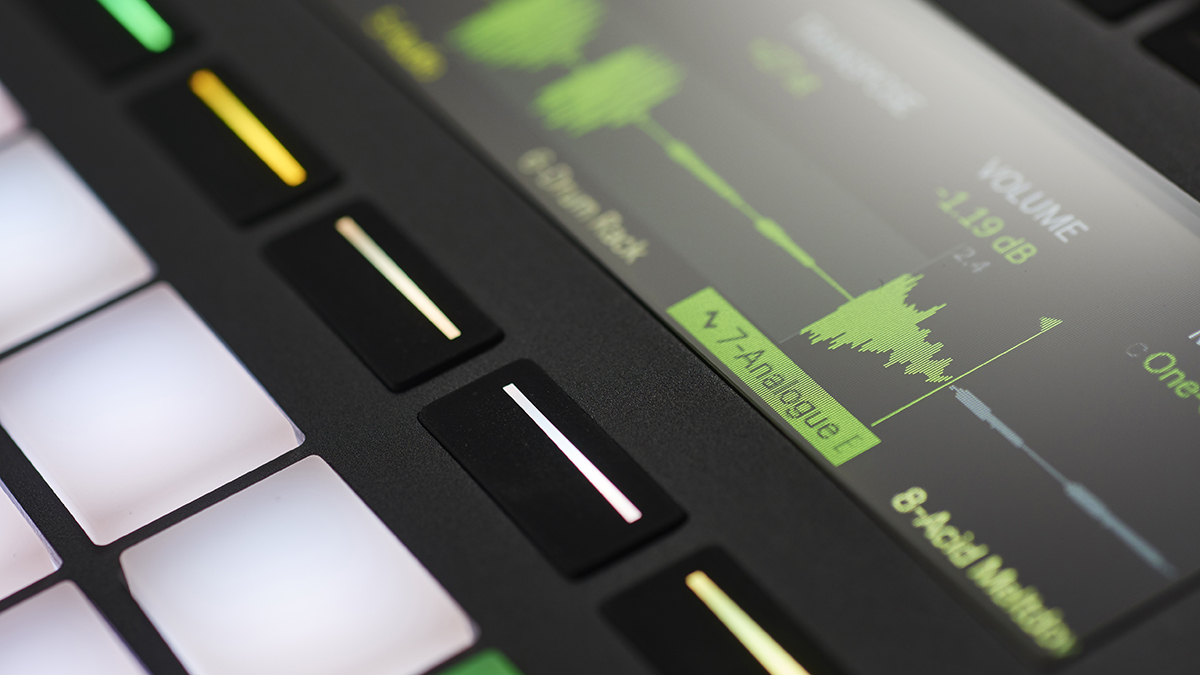
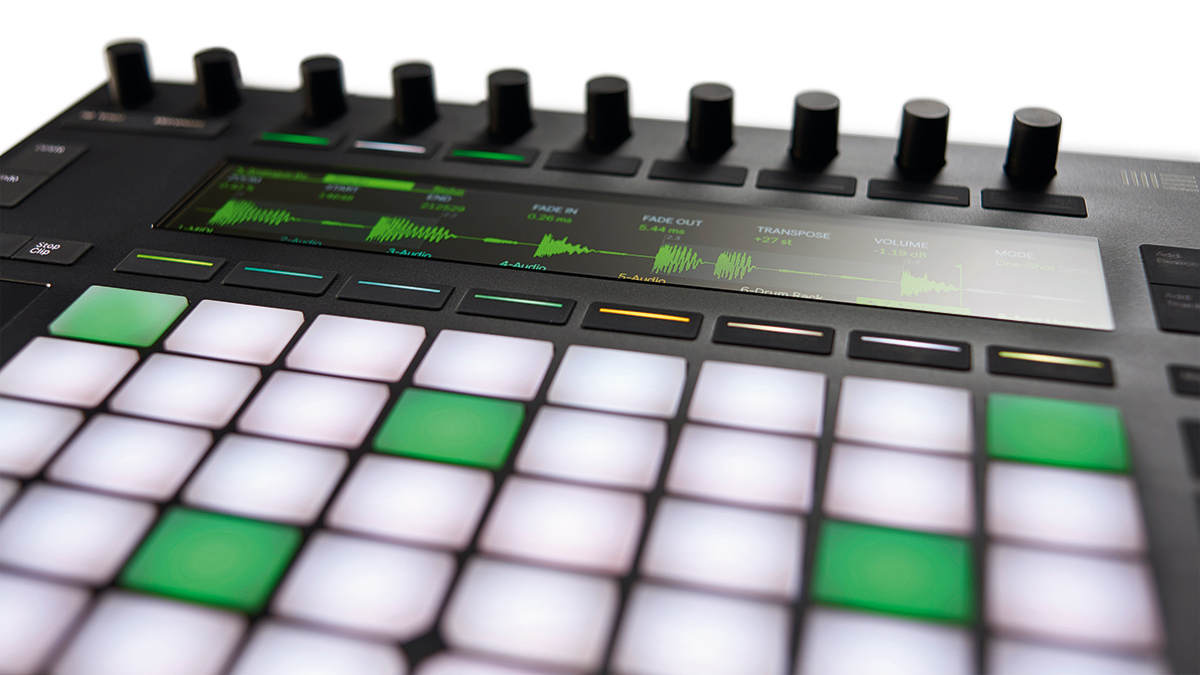
Specifications
Reasons to buy
Reasons to avoid
As well as developing Live, the all-conquering production and performance DAW, Ableton also sells its own pad controller: Push 2. This 64-pad grid is used to play and record melodic MIDI clips and Drum Rack beats, either 'live' or through an ingenious step sequencing system.
Push 2 also facilitates browsing for devices, presets and sounds, which can be loaded onto tracks in Live, and controlled and automated using the eight rotary encoders, and even offers basic mixing operation. In summary, Push 2 is quite simply the most powerful, wildly creative Ableton Live controller on the market, and a worthy purchase for those who use said software.
Read our full Ableton Push 2 review
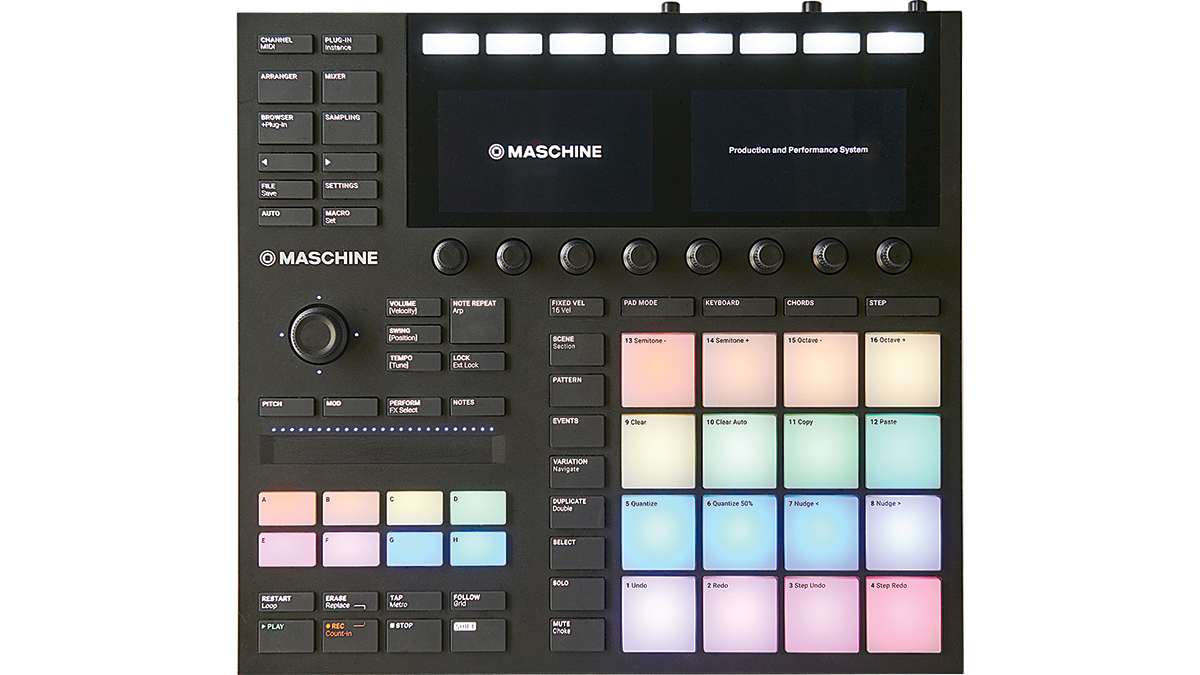
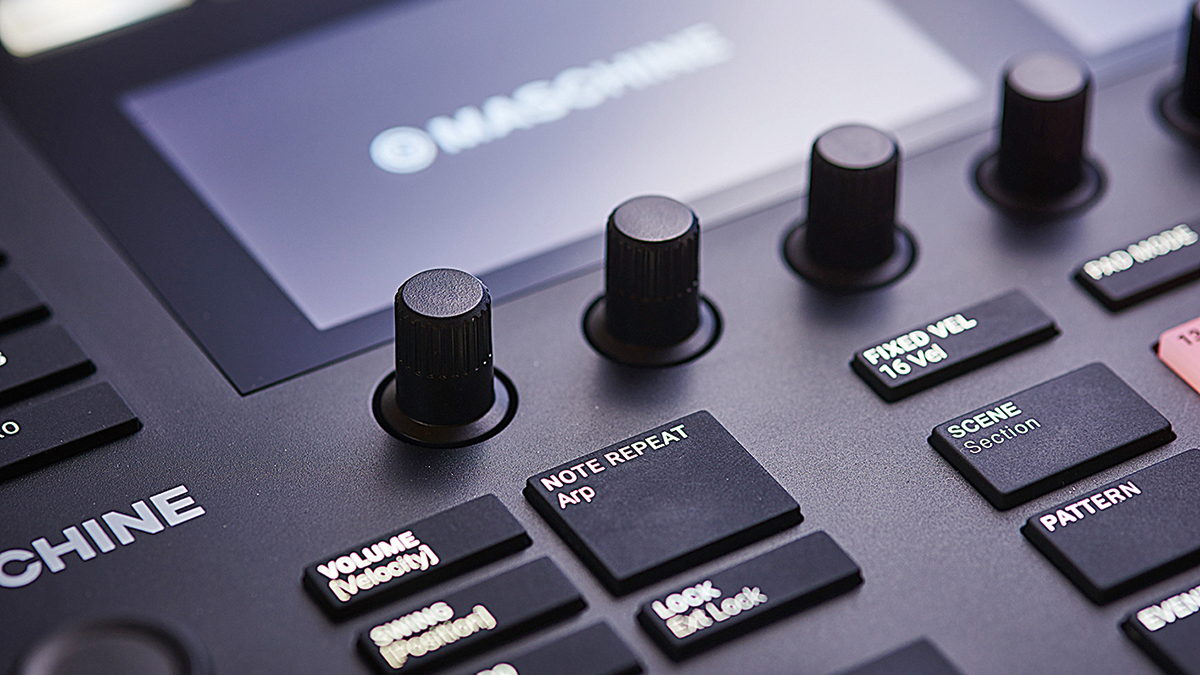
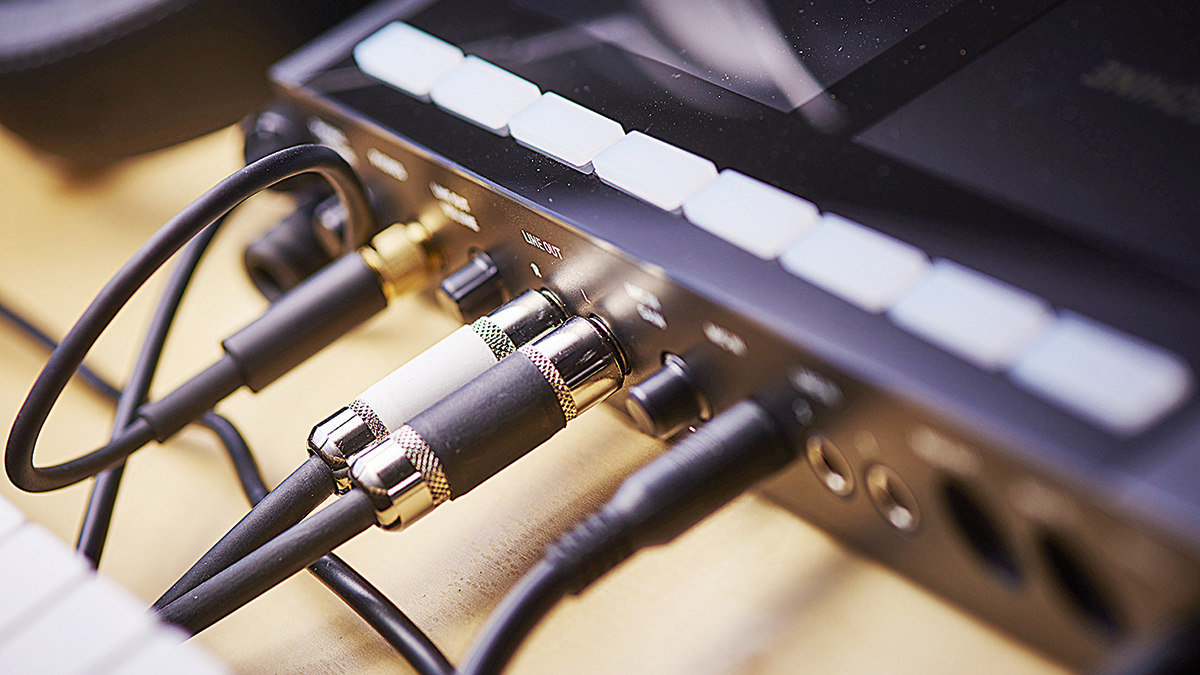
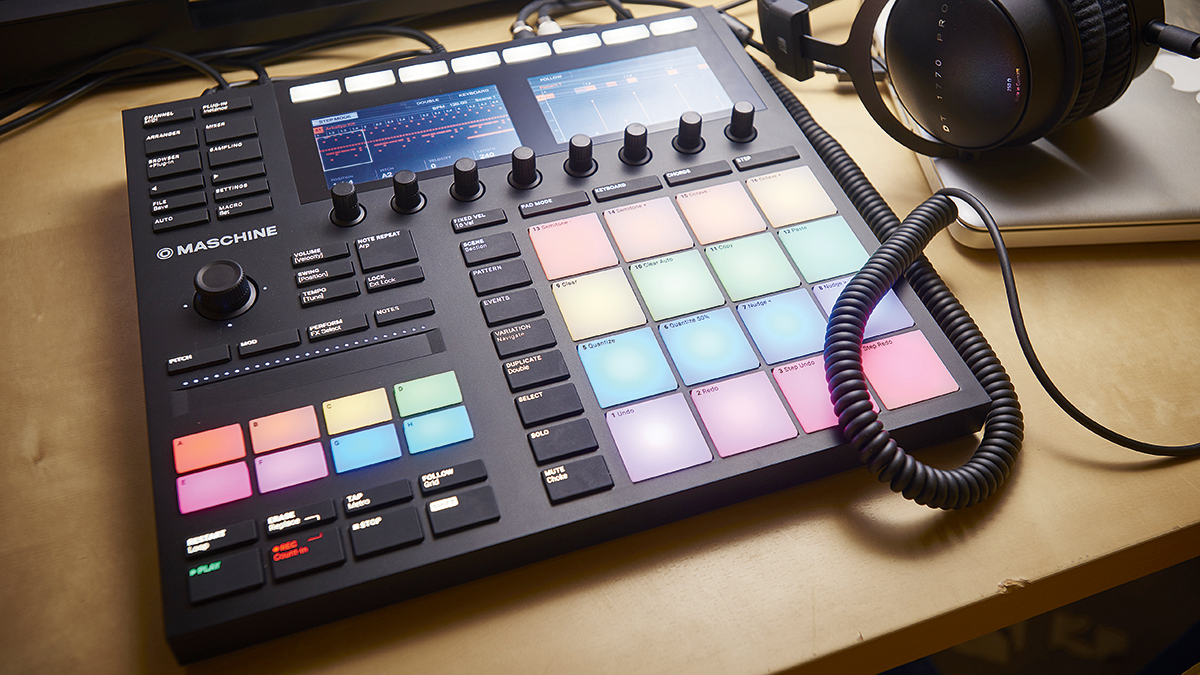
Specifications
Reasons to buy
Reasons to avoid
It’s not really accurate to call Maschine a pad controller; it ships with its own companion software, so is pretty much an instrument in itself. The workflow follows the classic MPC blueprint, and gives you a pad-based way of composing, arranging, mixing and performing.
The new Mk3 model brings Maschine Studio’s flagship feature – its fabulous screens - to the mainstream model, taking a couple of cues from Maschine Jam, and updating the hardware in general terms. NI has taken the obvious step of building an audio interface into Maschine; a simple 2-in/4-out setup capable of recording and playback at up to 24-bit/96kHz quality.
While use of the Maschine controller is reliant on use of the associated Maschine software, you’d be hard-pressed to find a tighter, more feature-rich hybrid system on the market right now.
Read our full Native Instruments Maschine Mk3 review
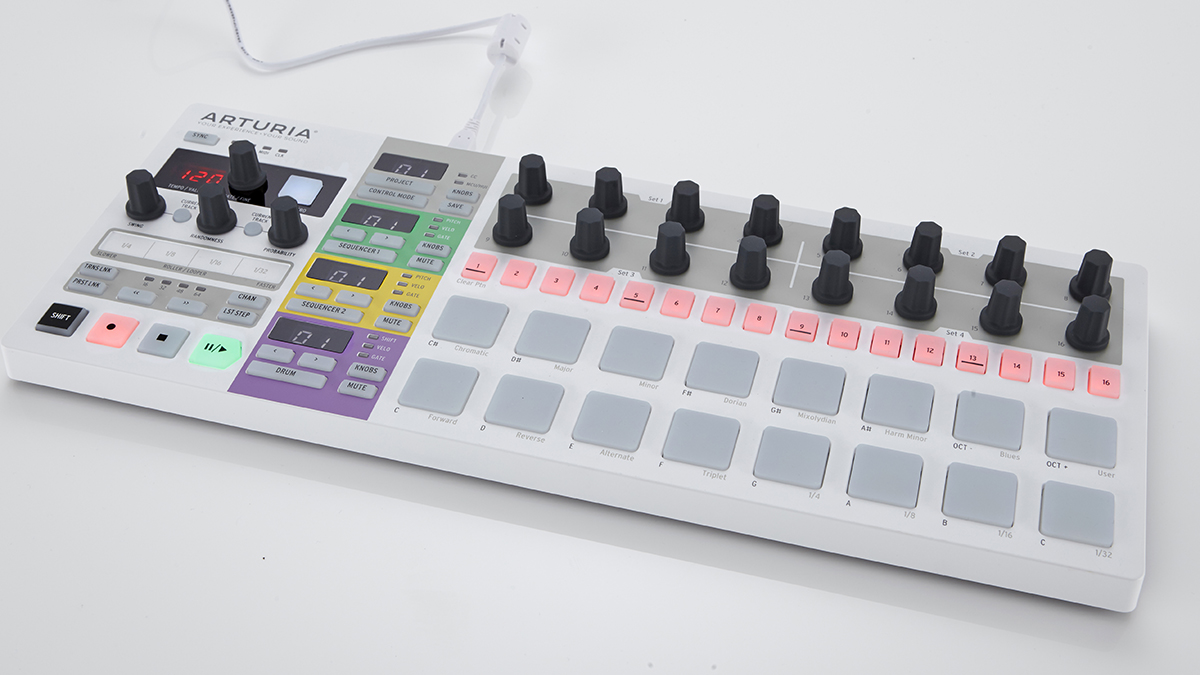
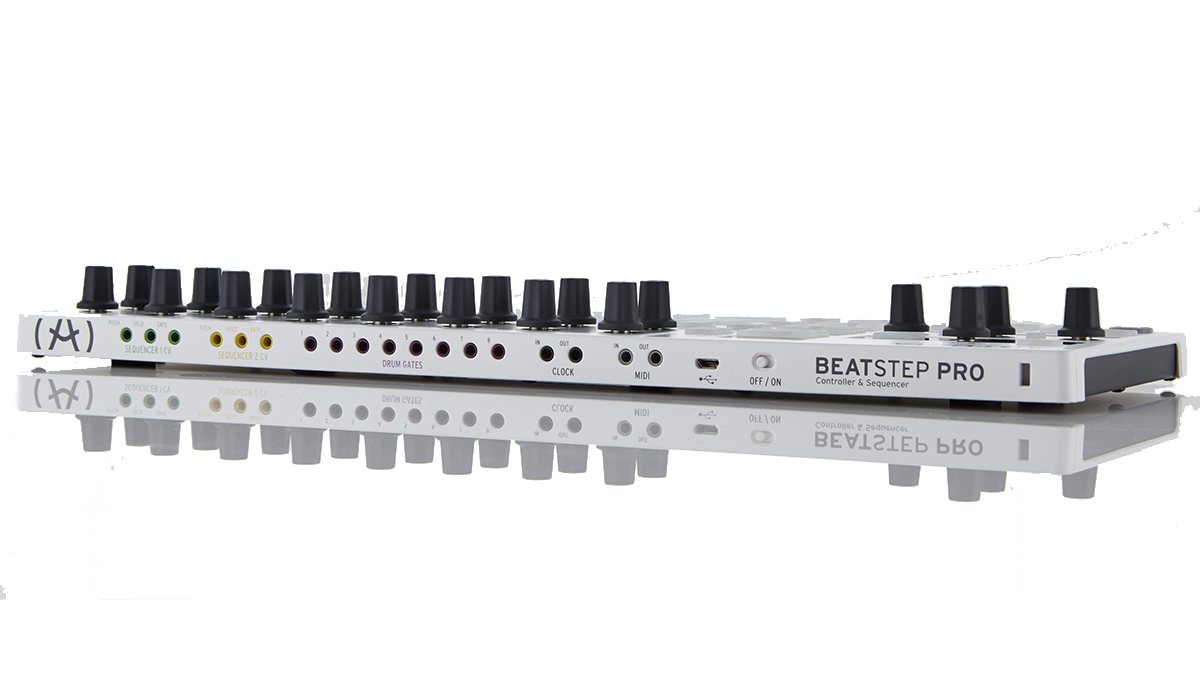
Specifications
Reasons to buy
Reasons to avoid
The second choice in our best MIDI pad controller round-up is the BeatStep Pro, which features three independent step sequencers and a set of general purpose MIDI controllers. Two of the sequencers are monophonic, intended for riffs, basslines and the like, while the third is for sequencing up to 16 channels of drums. All three are programmed with 16 velocity-sensitive pads (with aftertouch), 16 step buttons and 16 rotary knobs.
Perhaps the most obvious targets for BeatStep Pro's sequencers are hardware synths and samplers, but we had just as much fun controlling standalone music apps on our laptop.
The same goes for plugins in a DAW, of course, and we can imagine many studio producers using it to create sequences on the fly that are subsequently recorded into their DAW for further editing. It can also send and receive MIDI clock, and so can act as either master or slave with almost anything.
Read our full Arturia BeatStep Pro review
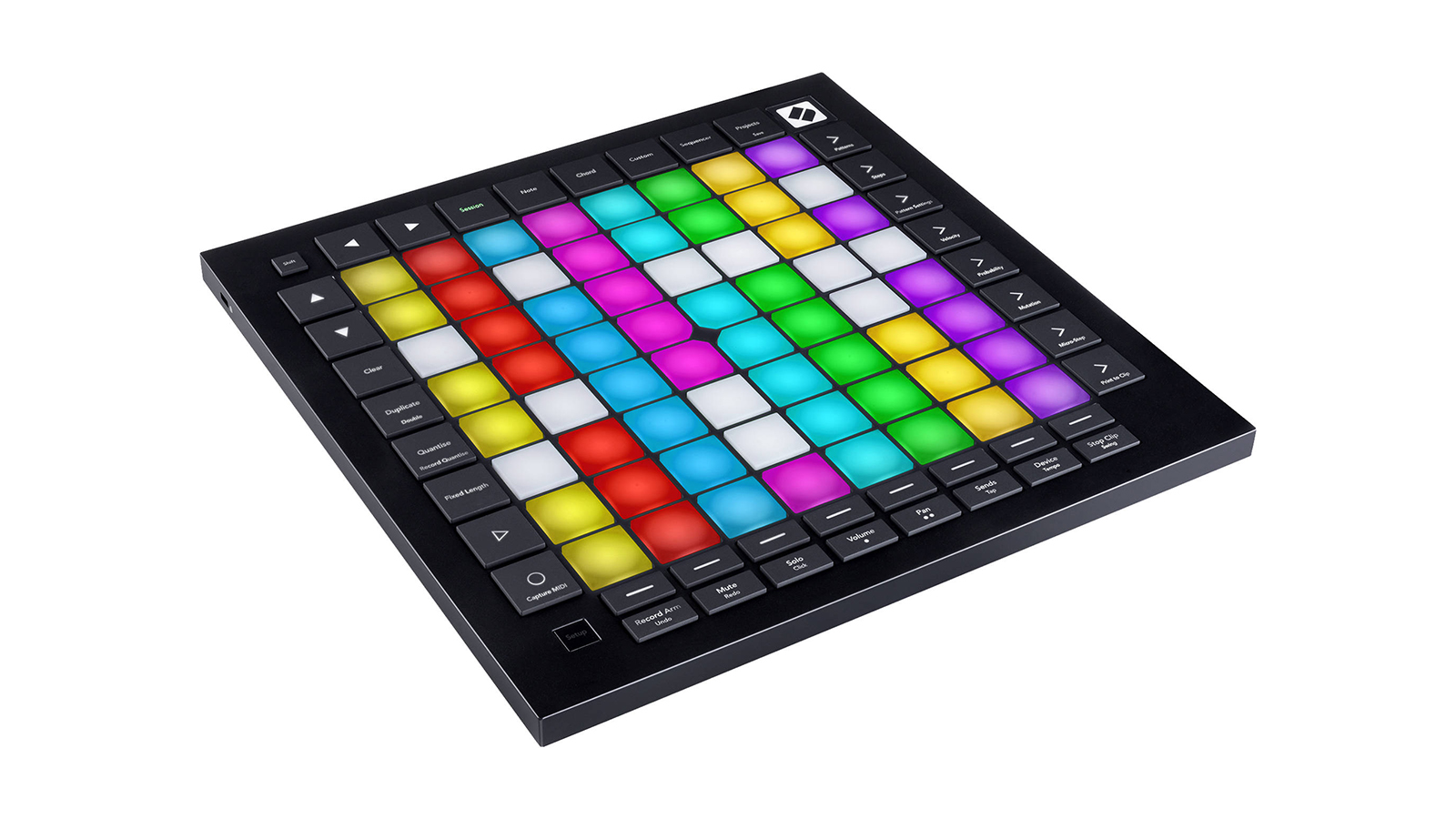
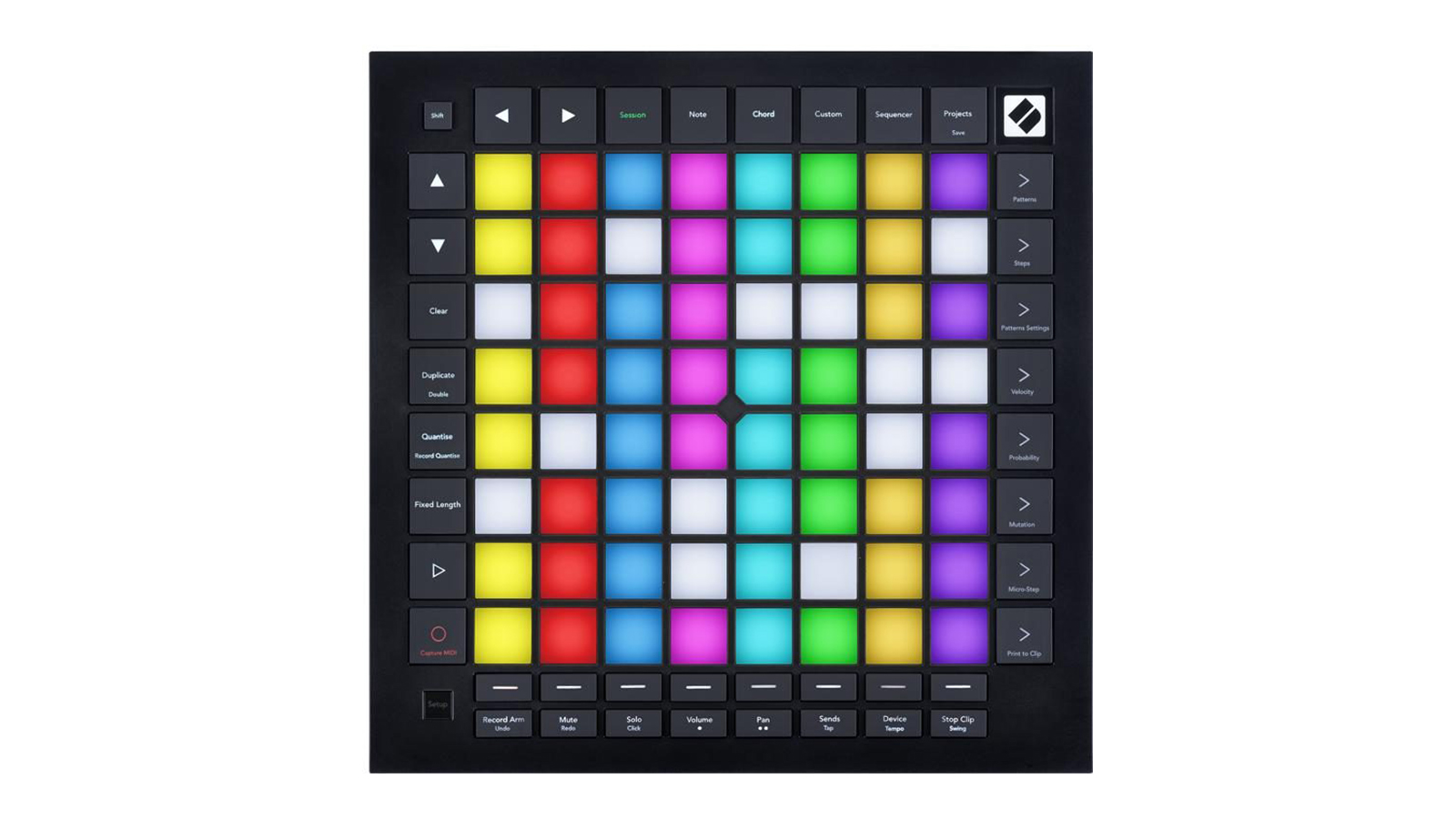
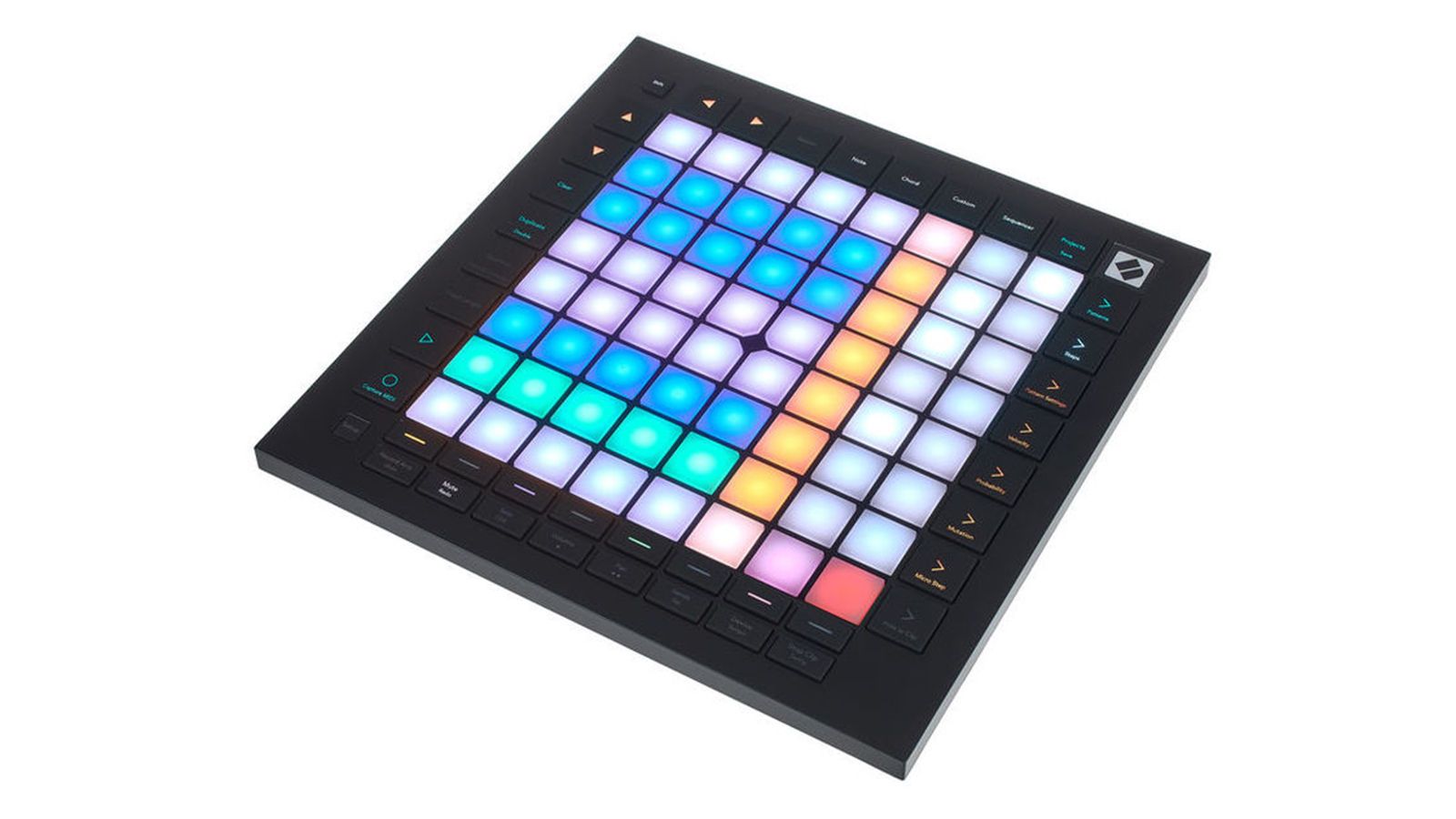
Specifications
Reasons to buy
Reasons to avoid
The flagship of Novation’s distinctive ‘Launch’ range of grid-based Ableton Live controllers, the Launchpad Pro Mk3 is focussed around a grid of 64-velocity sensitive pads. These can be used for triggering Live’s Clips and Scenes, creating drum beats, adjusting mixer functions using ‘virtual’ faders and playing melodic lines using the controller’s Scale and Chord modes.
While it's not as powerful as Live’s own Push 2, being more portable and cheaper it doesn't need to be. Its standalone MIDI capabilities give it a distinct edge, too. Version 3 adds a powerful standalone polyphonic sequencing mode, which can be used to control hardware without the need for connection to a computer (although it can, of course, be used with plugins too).
In all, for the price, the Pro is one of the best MIDI pad controllers on the market. It's brilliantly suited to live performance too, and we can see it becoming a centrepiece to a lot of musicians' stage set-ups.
Read the full Novation Launchpad Pro Mk3 review
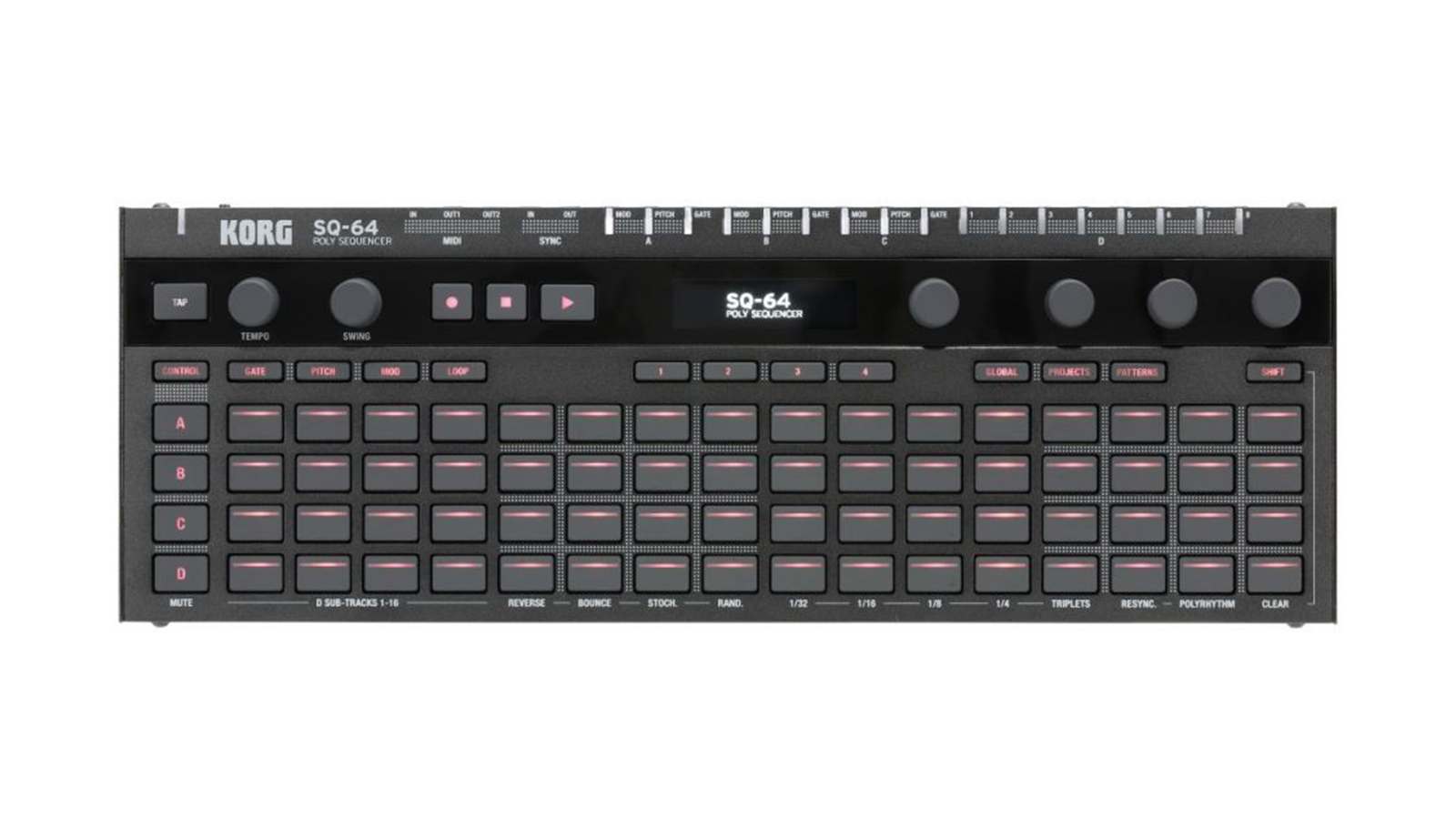
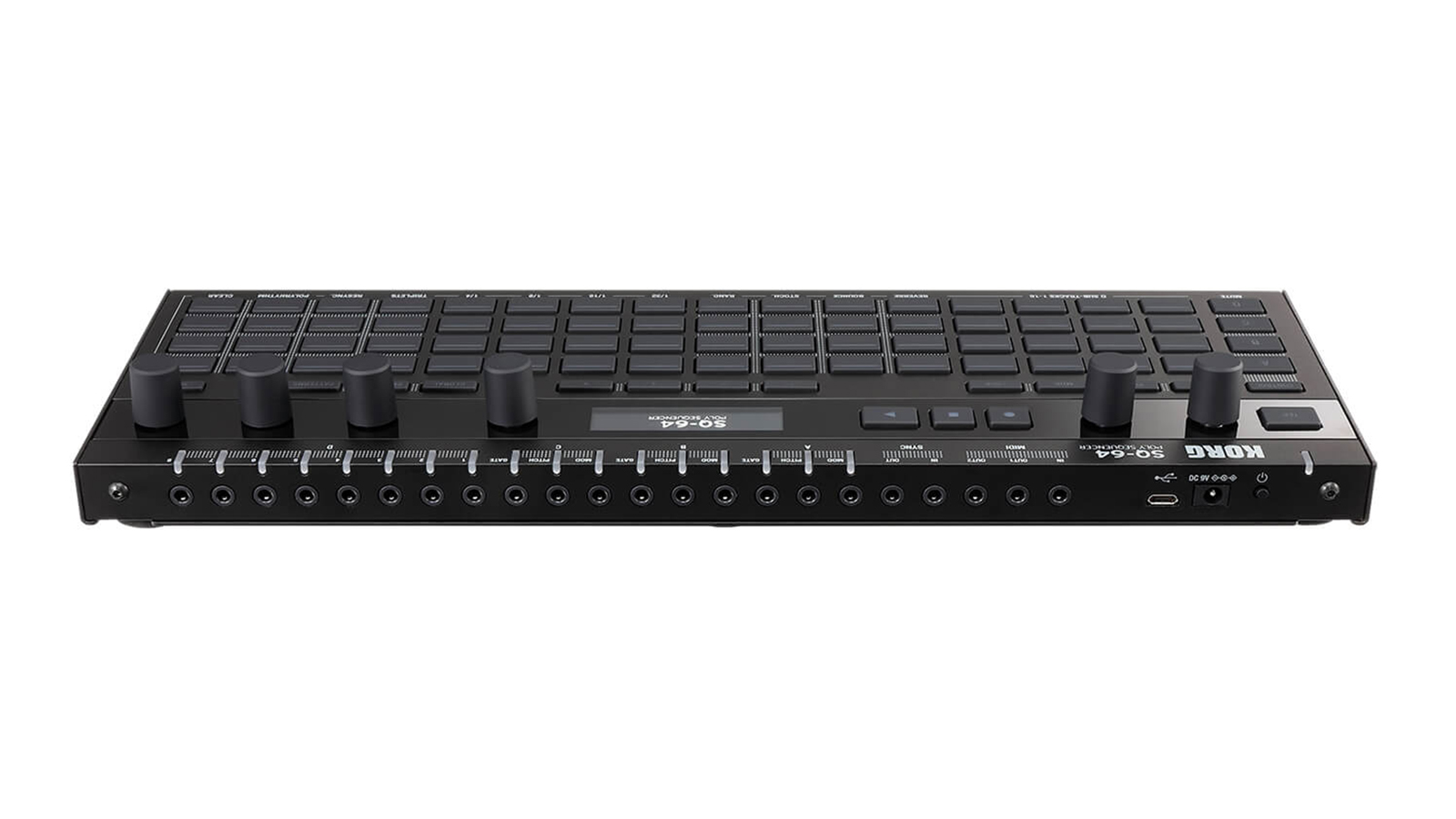
Specifications
Reasons to buy
Reasons to avoid
Korg's SQ-64 is – let’s make no mistake – a sequencer first and foremost, with some MIDI control and lots of connectivity including eight CV outs. In fact it is four sequencers in one: three melodic, with outputs for pitch, mod and gate, and one for drum patterns. Melodic sequencing includes various methods and scale modes – everything is catered for – and drum sequencing is easy, straightforward and dependable with no learning curve. The main grid of buttons is used for a whole multitude of tasks, from song selection, then pattern selection to step selection among others and there are dedicated buttons for mod, pitch and gate channels to keep things nice and simple.
The unit can be ‘played’ like a keyboard although it’s not as intuitive as it could be. For other MIDI (control and otherwise) options, the global button allows you to set various aspects of the device so it fits with the rest of your gear, including things like 5 or 10 volts for pitch output, CC control mapping and the like. And as SQ-64 doesn’t just output to CV but also to MIDI, it is open to any gear you might care to mention, including hooking up to your DAW to sequence software instruments.
The MIDI is connected by 3.5mm jacks or the USB-C socket and there is also a sync in and out jack. While the MIDI options do allow a little more versatility, we do think this type of device is more suited to the Eurorack modular synth crowd than to people sequencing their DAW, or older synths.
Where other pad controllers might have a sequencer built in, this is a sequencer with pad controls to play, so if you are after that level of compositional flexibility, then this is a great, solid option.
Read the full Korg SQ-64 review
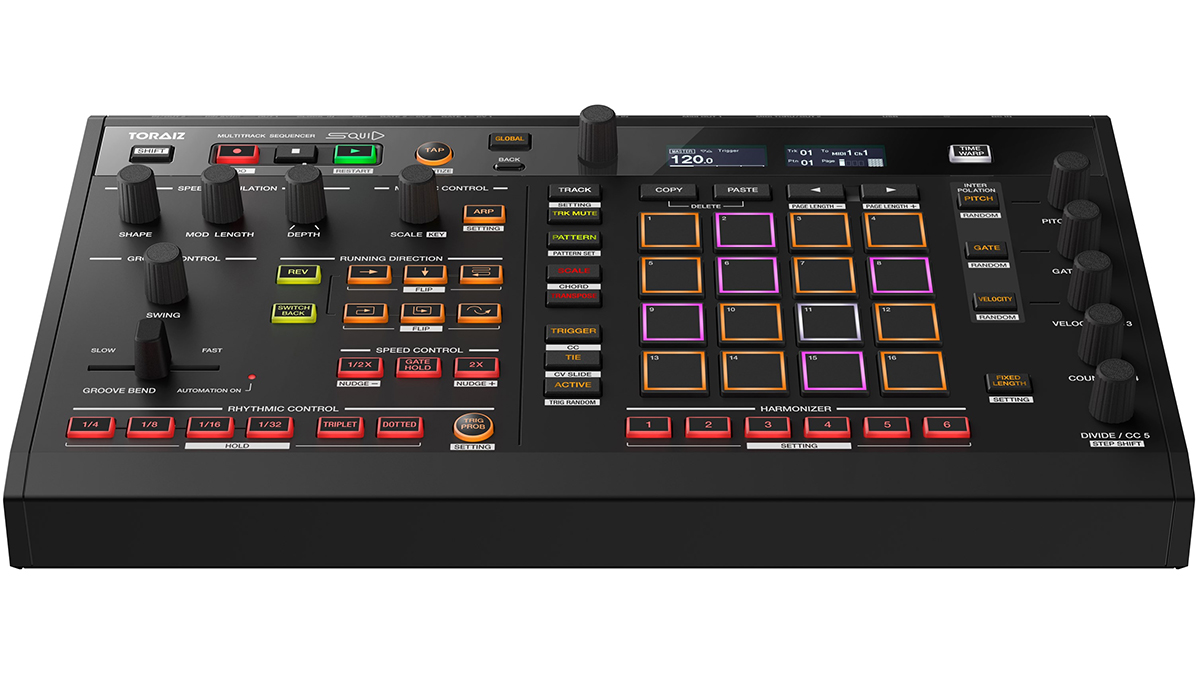
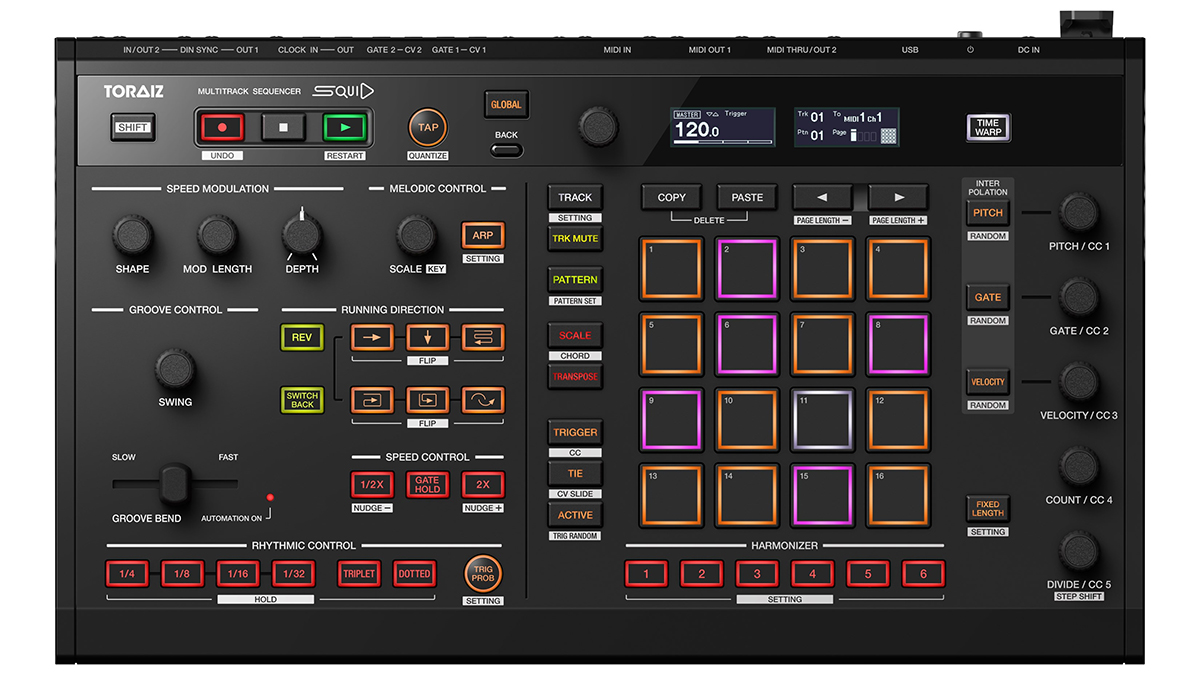

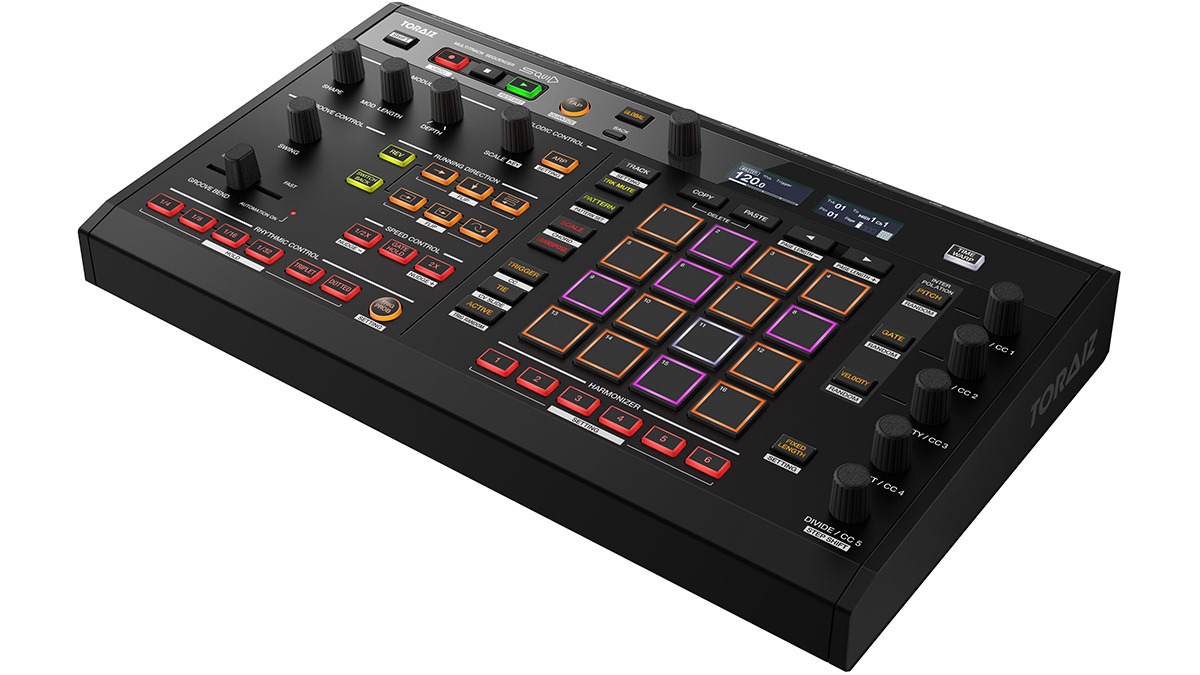
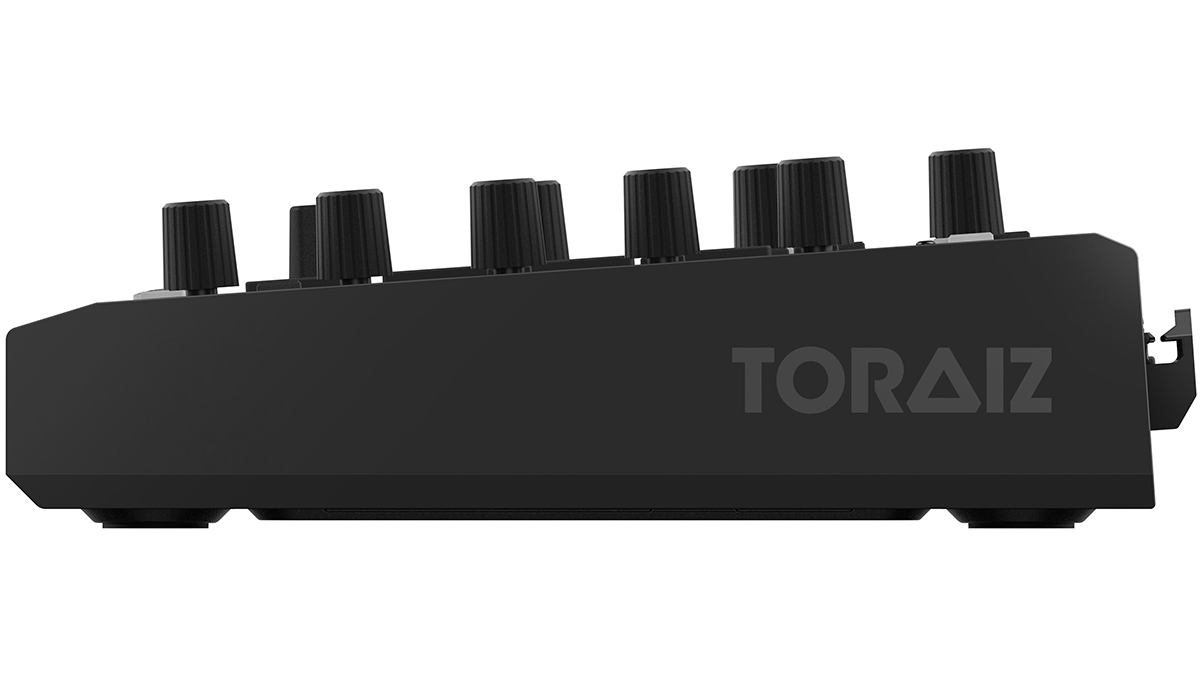
Specifications
Reasons to buy
Reasons to avoid
Squid (derived from SeQUencer Inspirational Device) is a standalone 16-track polyphonic step sequencer, capable of outputting MIDI, CV, clock triggers and DIN sync. Its interface is focused around a grid of 16 backlit pads that can be played live or used to input sequencer steps.
Each of the 16 tracks can be programmed with up to 64 patterns, each with a maximum of 64 steps. One of the great advantages of the Squid is how each track can be set up individually to sequence the output channel and device of your choice.
In fact, there's a lot to love about it in general, particularly if you're already the kind of producer who likes to work with a lot of separate machines for sound generation. It opens the door to a world of bespoke sequencing options, with new features like Groove Bend and speed modulation putting a new spin on your step sequencing moves.
Read our full Pioneer DJ Toriaz Squid Sequencer review
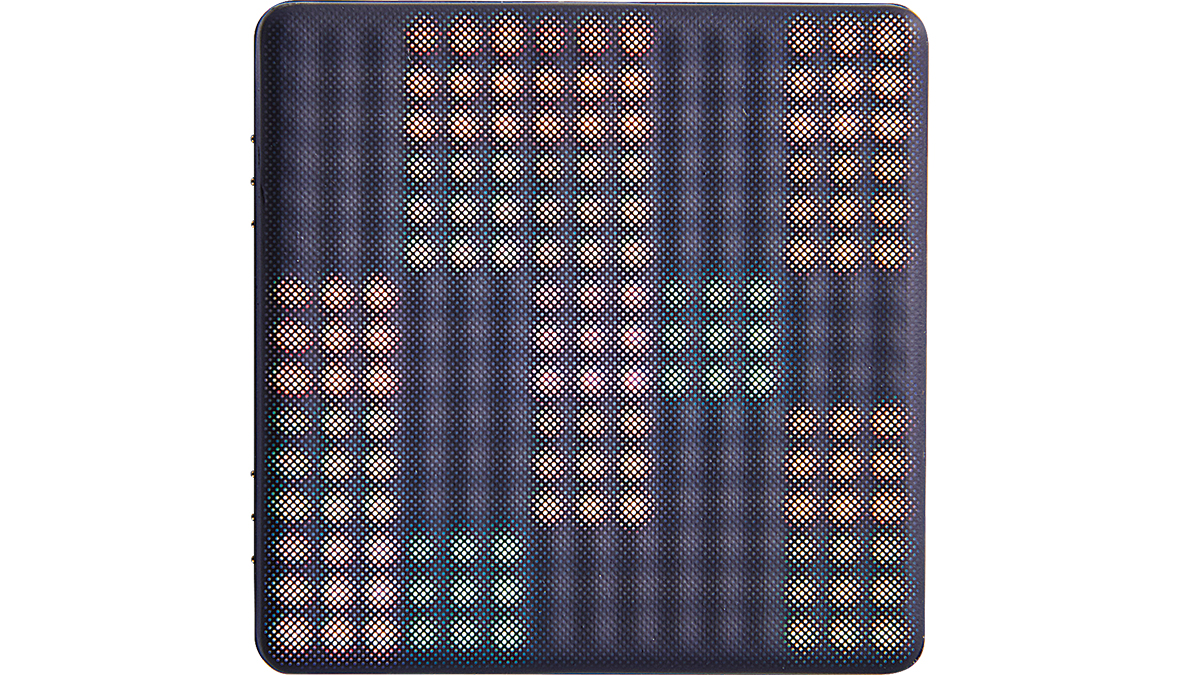
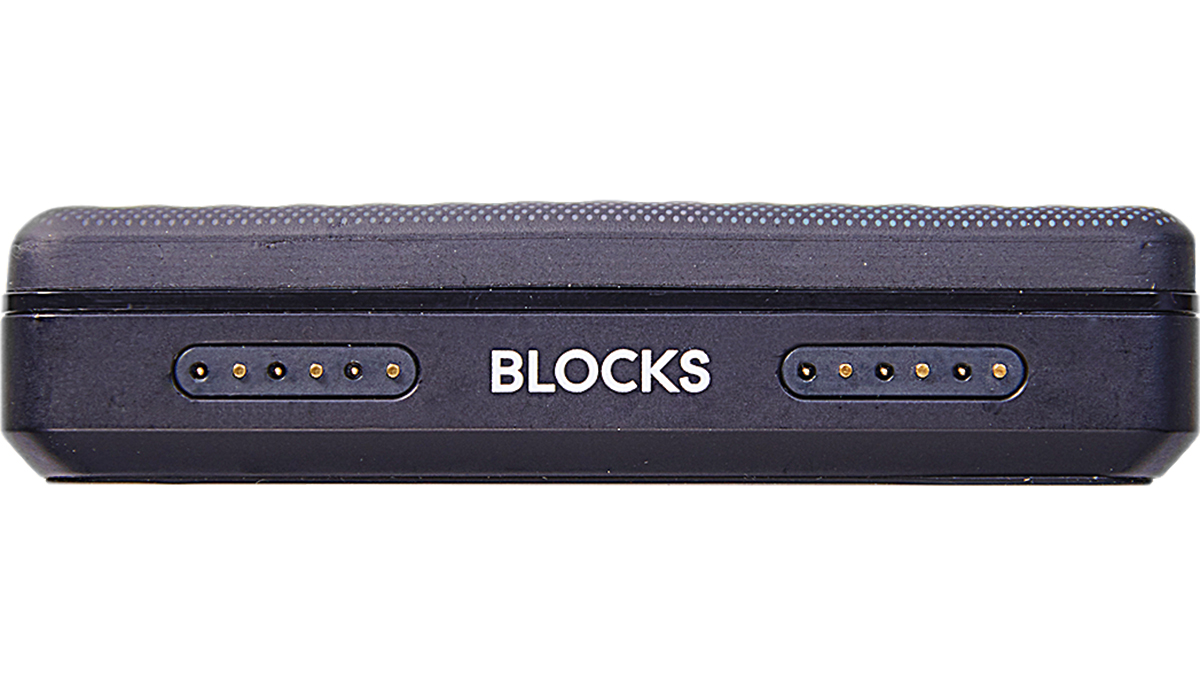
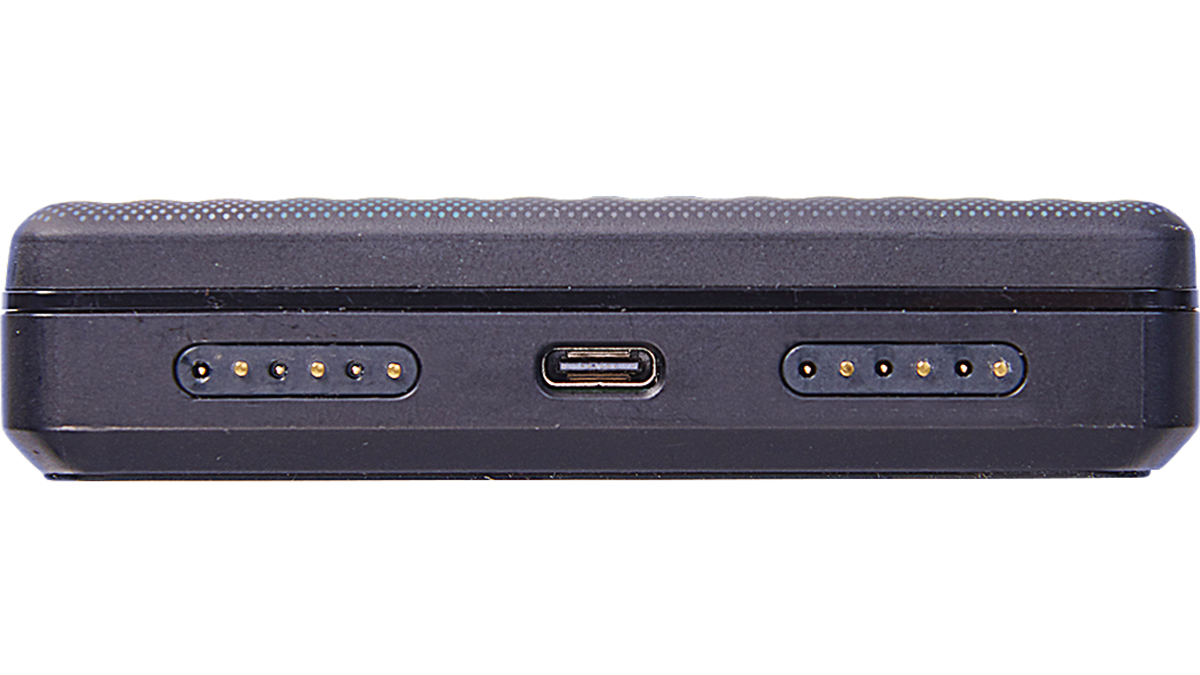
Specifications
Reasons to buy
Reasons to avoid
Having announced its arrival with the keyboard-style Seaboard controllers, ROLI moved into more affordable territory with its iOS-centric Blocks range. The centrepiece of this is the Lightpad Block M, a rectangular, rubber-topped control surface incorporating MPE technology so it can be played using a variety of expressive gestures.
It's a slightly different animal to the rest of the controllers on this list, but now that it's compatible with a wider range of software, it's an intriguing option.
Read our full ROLI Lightpad Block M review
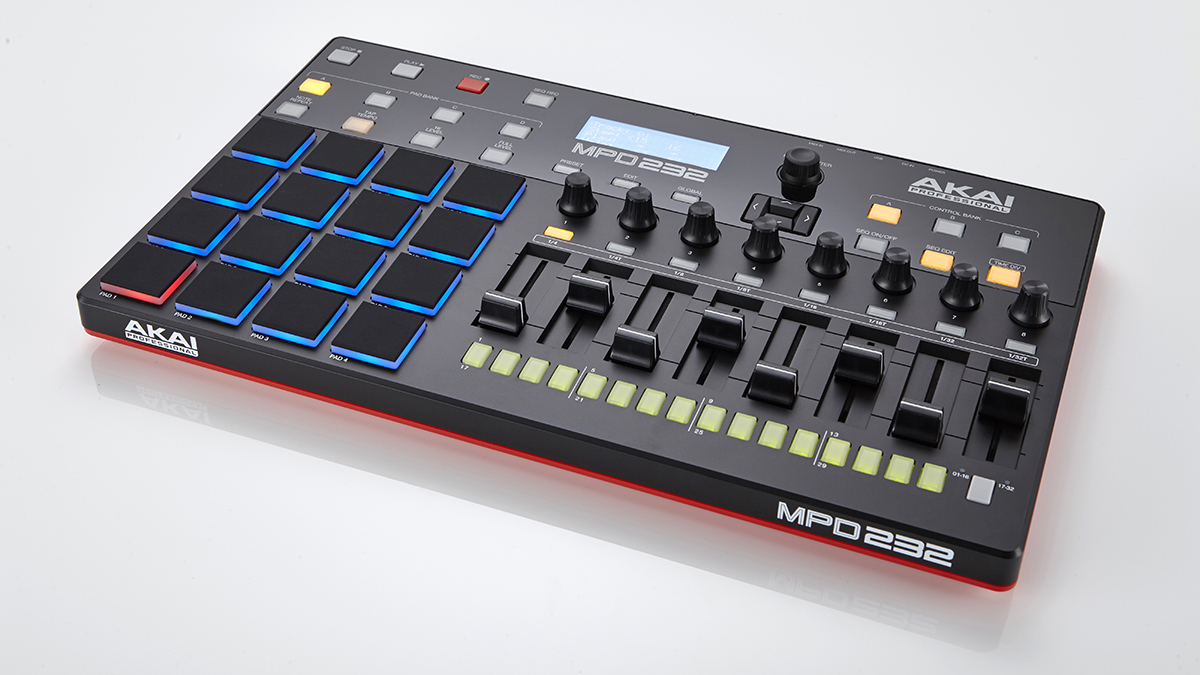
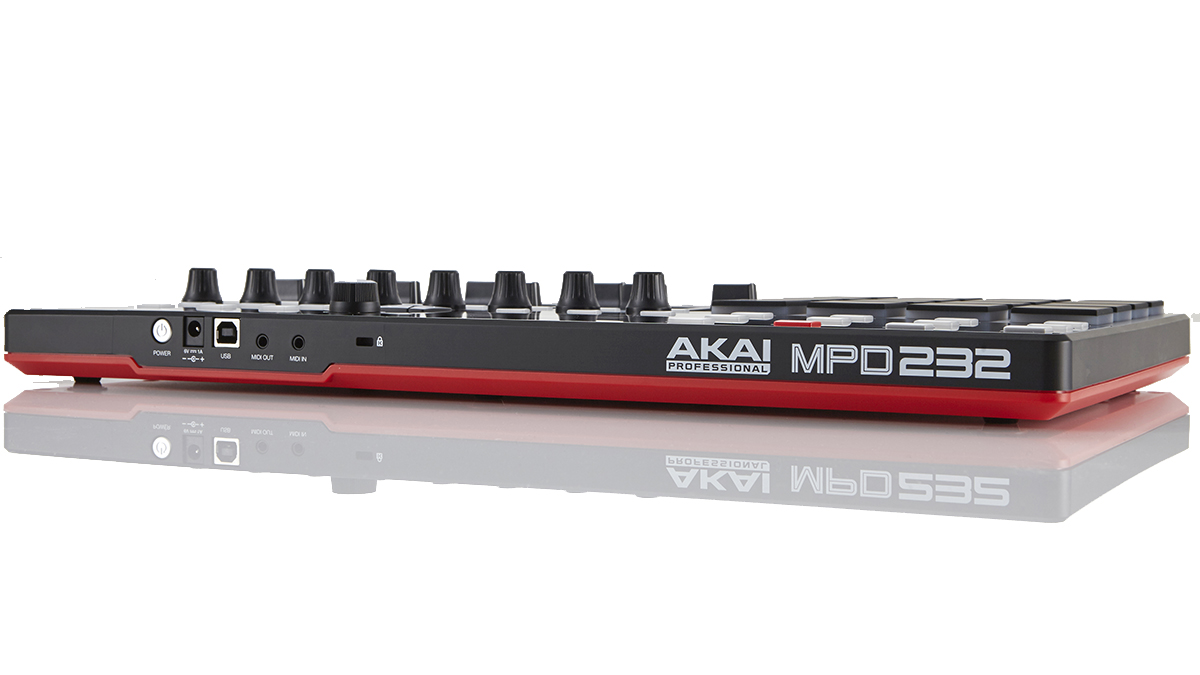
Specifications
Reasons to buy
Reasons to avoid
While the previous MPD32 looked utilitarian, the MPD232 looks more inviting. The larger, flatter case is made from smooth black and red plastic, and surrounding the screen (used for assigning MIDI data/CCs to the 72 assignable controls), the case morphs into shiny black perspex. (Unfortunately the same fingerprint and scratch-inviting type found on the recent Advance controllers and on Roland's JD-XA synth).
In keeping with recent trends, there's a decent 32 step x 64 track sequencer onboard which adds a welcome new dimension to the MPD range (it can be MIDI-synchronised and used to control software instruments and/or external MIDI instruments).
Read our full Akai MPD232 review
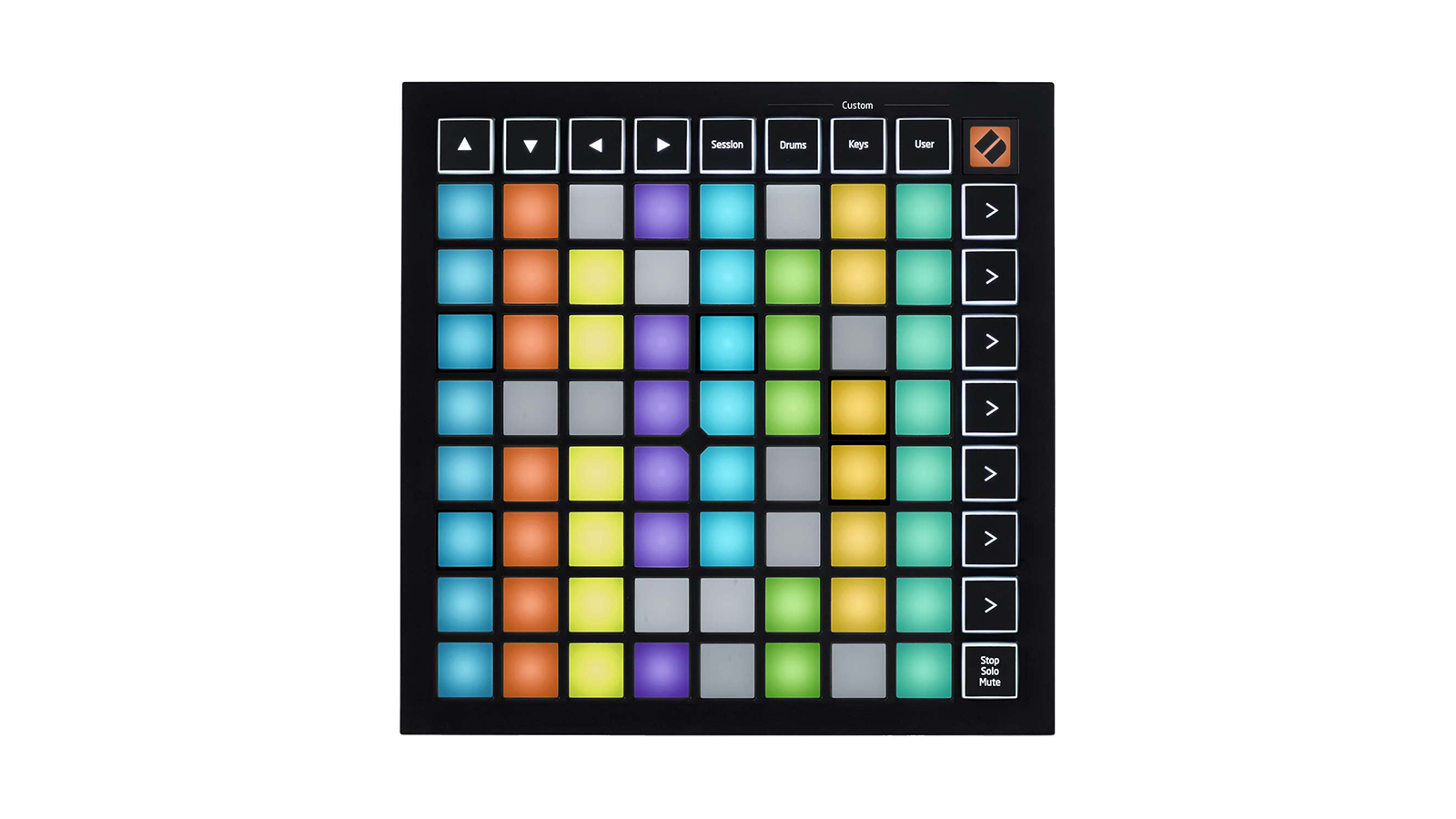
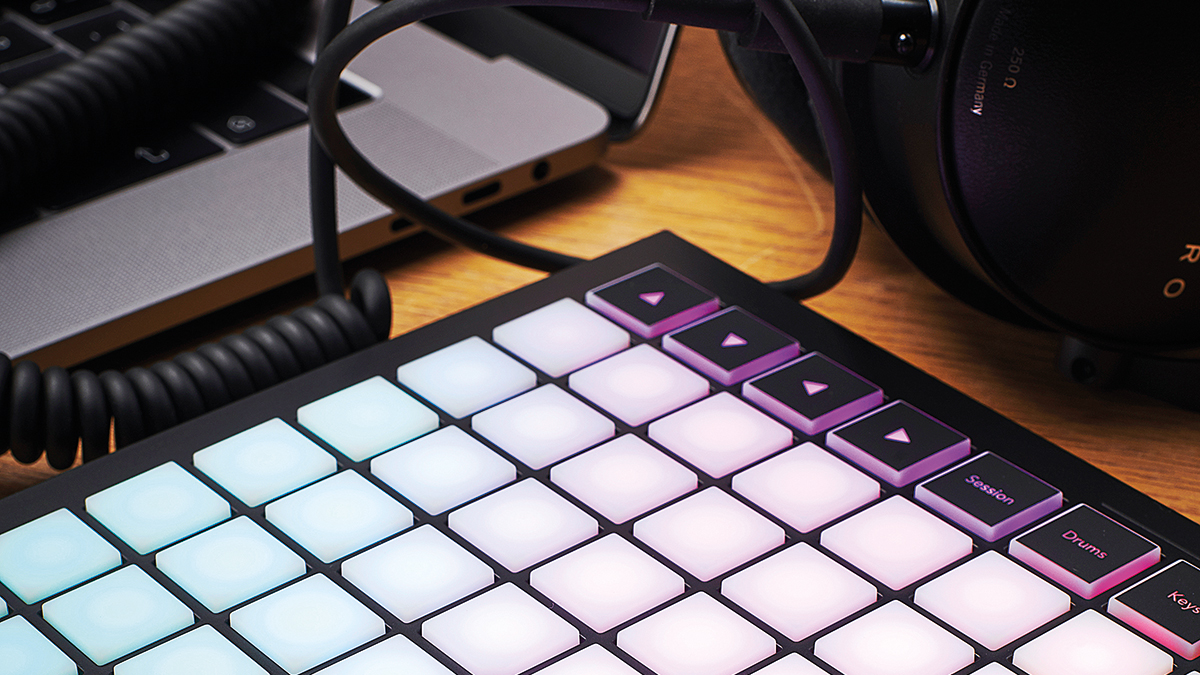
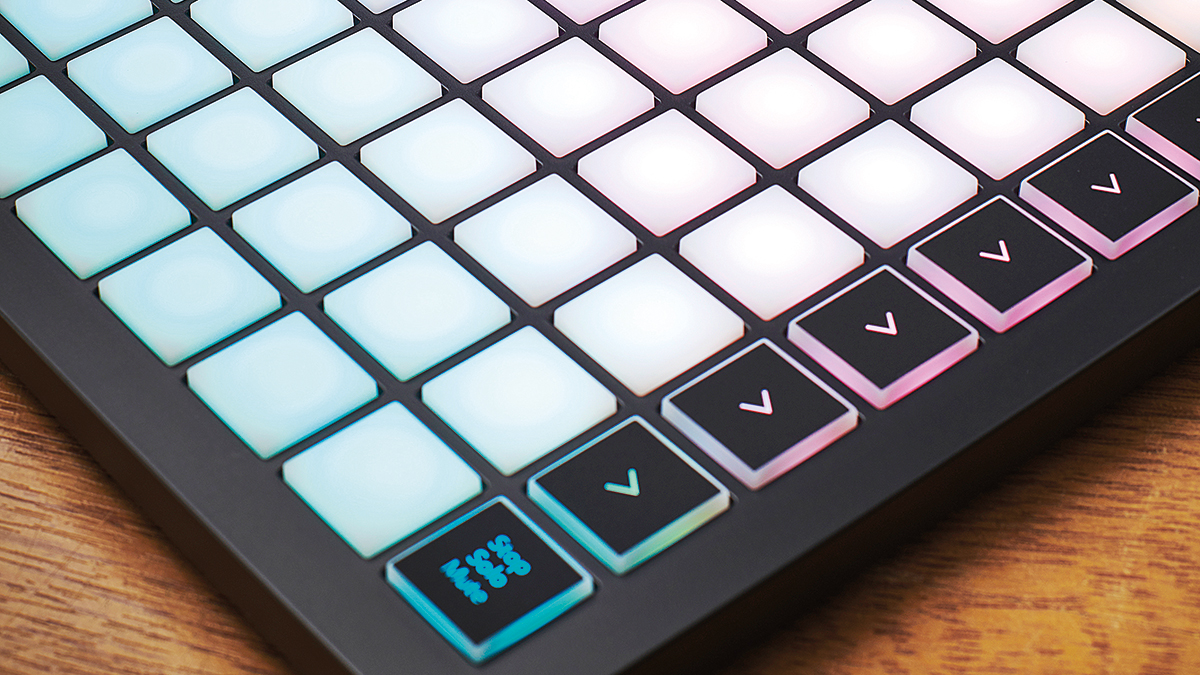
Specifications
Reasons to buy
Reasons to avoid
The smallest and most affordable member of Novation’s Launch range, the Launchpad Mini is a sleek, convenient controller for those who want control over Ableton Live’s clip launcher and basic mixer functions but don’t require the bells and whistles of the X or Pro.
Compared directly to its mk2 predecessor, this latest Mini actually loses some functionality, such as the ability to easily control Live’s mixer and arm tracks for recording (although these functions can be set up as custom mappings). There’s no velocity either, so the pads are essentially on/off switches, although they are RGB backlit.
The Mini Mk3 also gains a custom-mapped User mode, enabling you to create your own quick-access custom setup for controlling your favourite plugins or DAW elements. If you don’t need deep functionality and price or portability are important, this is a great option.
Read our full Novation Launchpad Mini Mk3 review
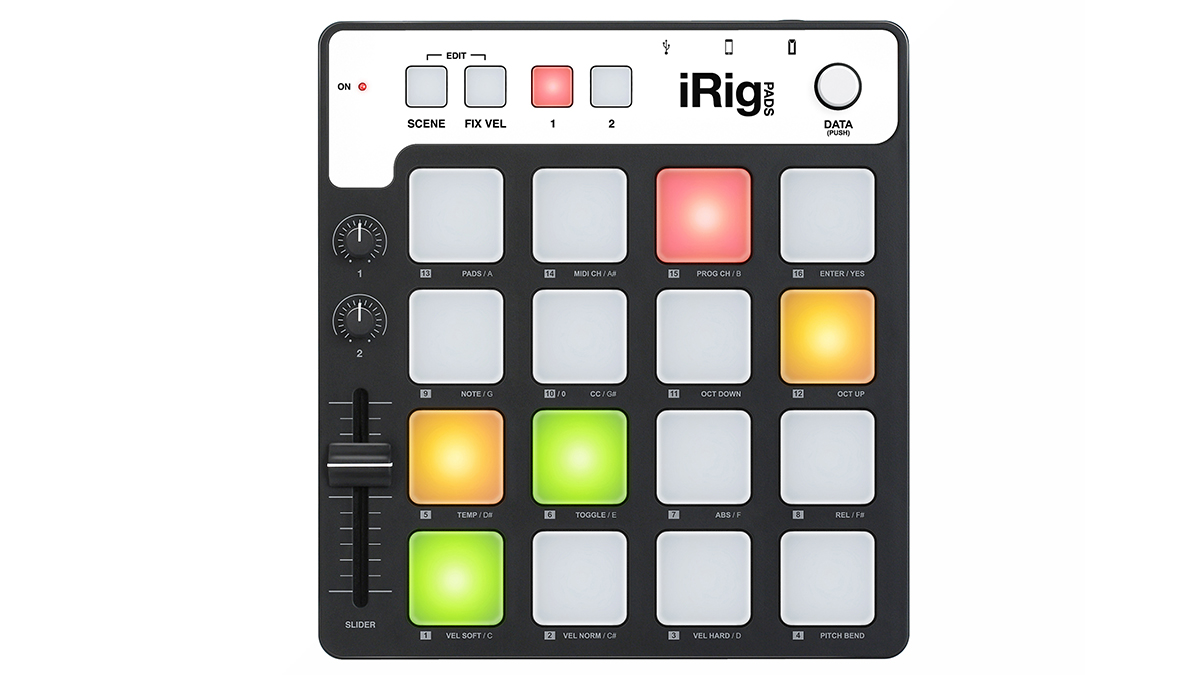
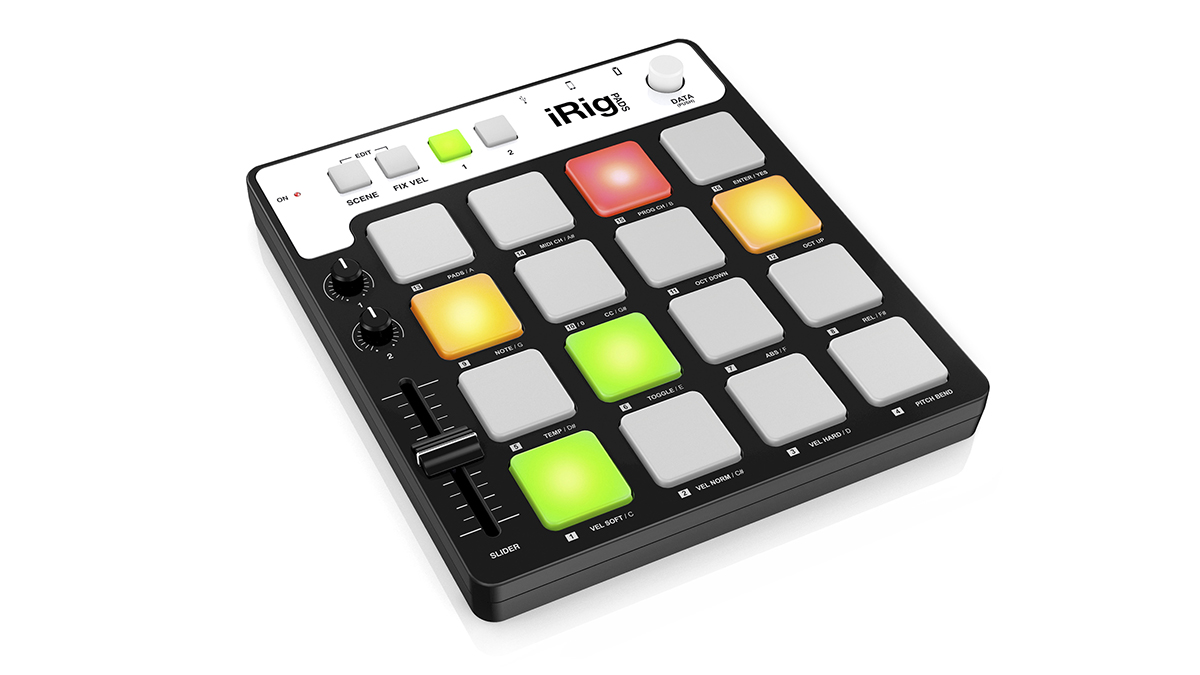
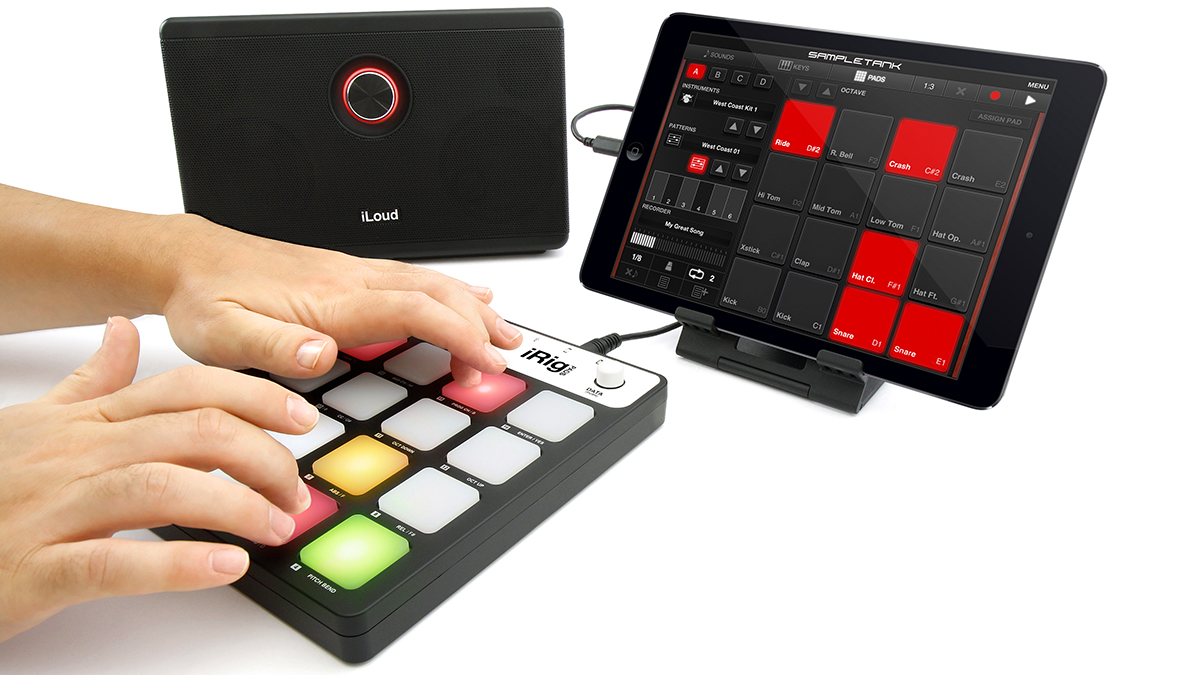
11. IK Multimedia iRig Pads
Our expert review:
Specifications
Reasons to buy
Reasons to avoid
The iRig Pads is an MPC-style pad controller aimed at iPad/iPhone/iPod touch musicians, but also fully compatible with Mac, PC and Android. It comprises 16 two-colour backlit pads (red and green, but mixable to orange, too), two knobs, a fader, two buttons and a push-button rotary encoder, all of which can be assigned to output a range of MIDI data.
The iRig Pad scores well in terms of playability, is pretty easy to program and sits comfortably alongside its acclaimed iRig stablemates. iOS musicians, in particular, should keep it in mind.
Read our IK Multimedia iRig Pads hands-on test
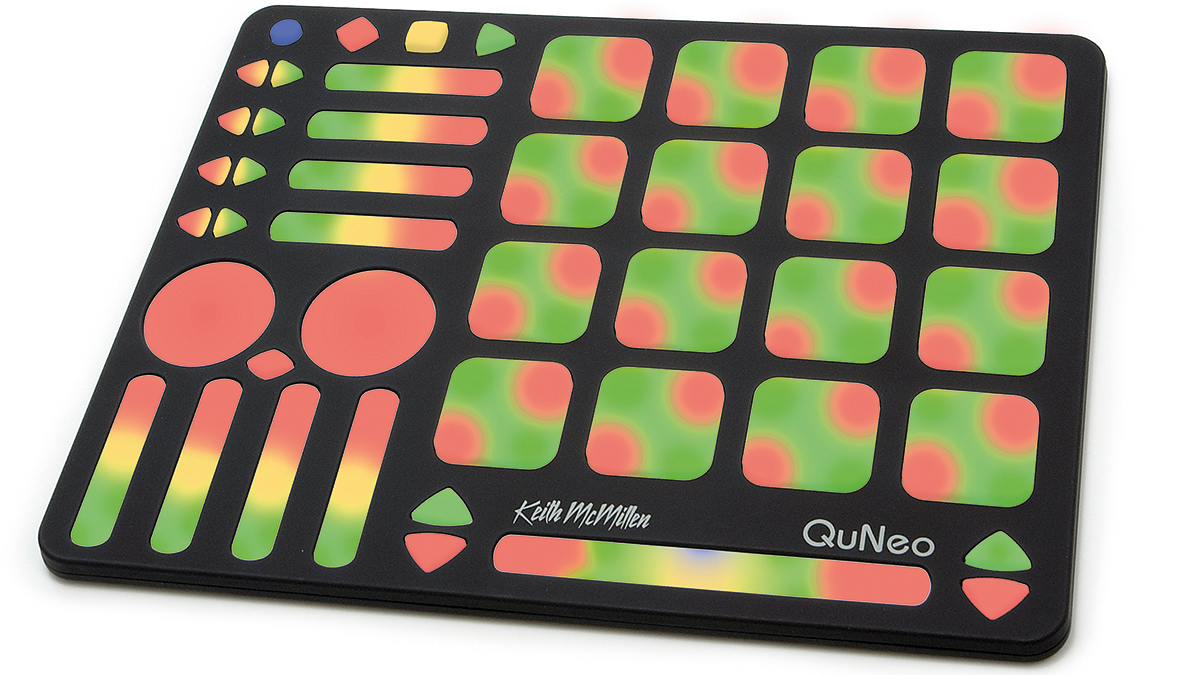
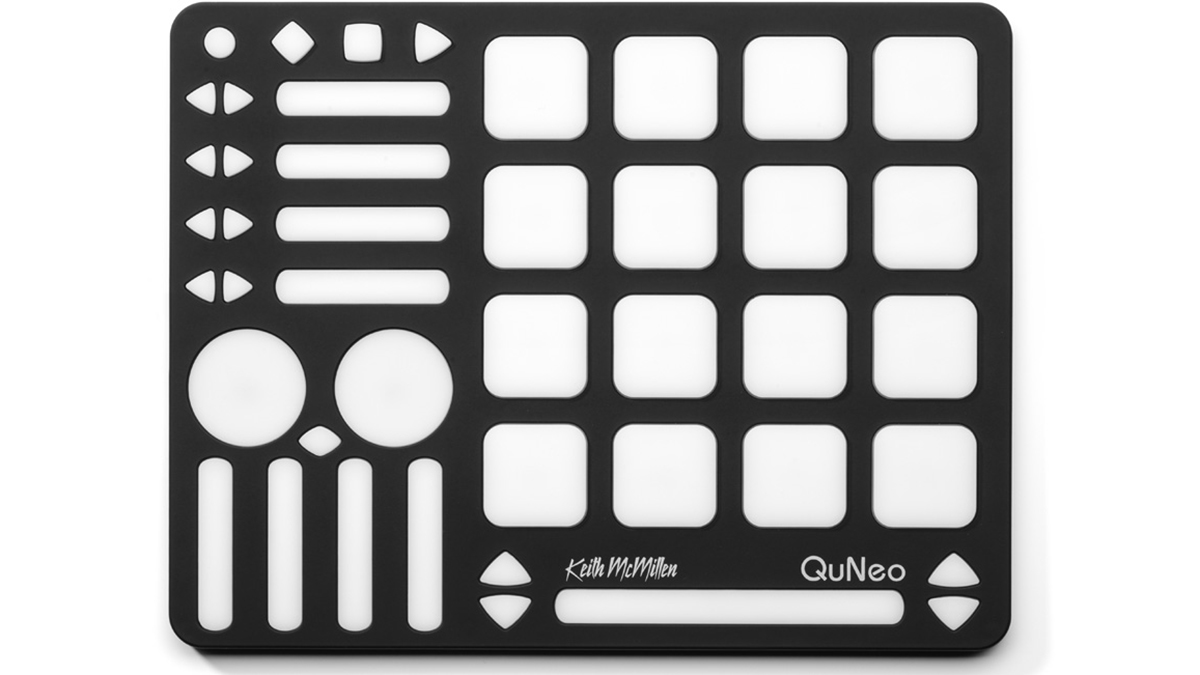
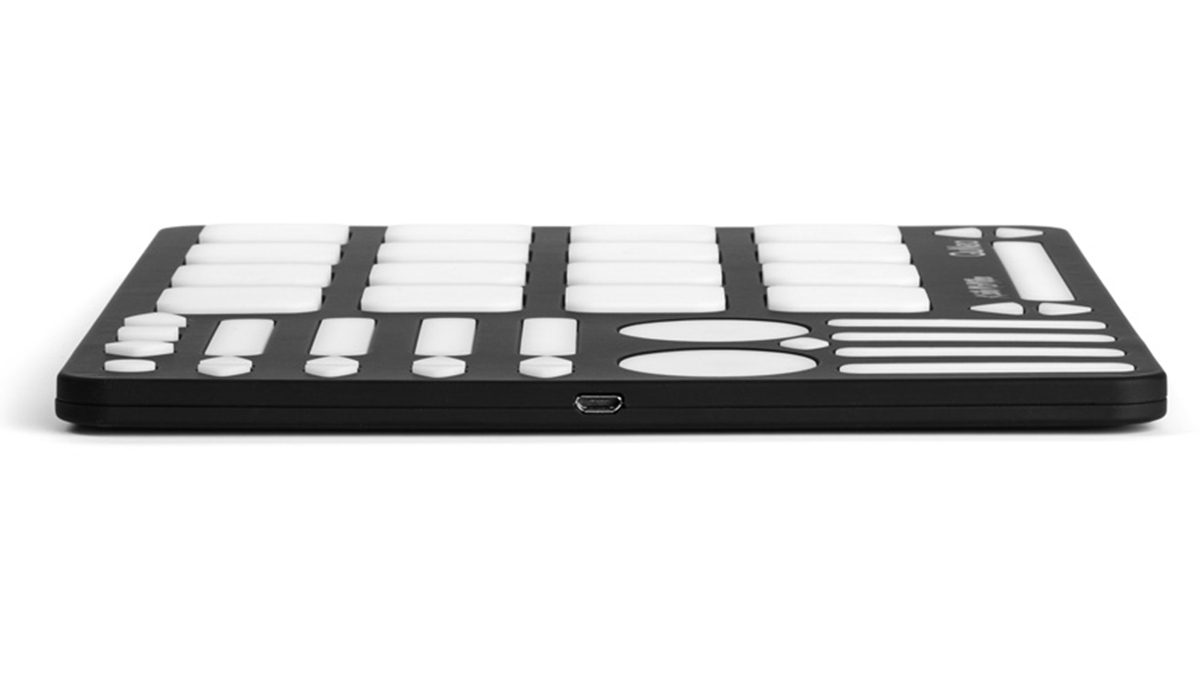
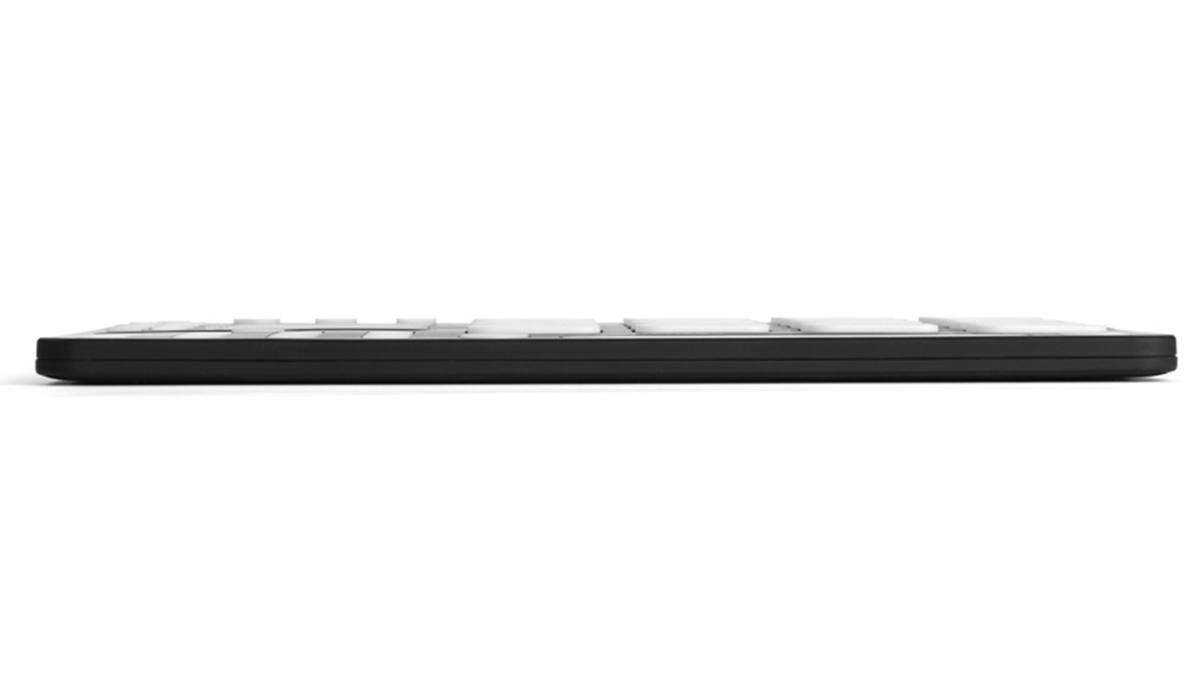
Specifications
Reasons to buy
Reasons to avoid
QuNeo is an LED-rich (251, actually) MIDI controller with 27 touch-based controls including pads, sliders, and rotary 'knobs'. It’s billed as a 3D multitouch pad controller; the point of difference is that the pads are sensitive to note-on, velocity, pressure and 'location' – the XY position of your finger on the pad.
Not everyone will fall in love with the QuNeo, but its feel and functionality are undeniably different to most of its rivals. Get your hands on it and see what you think.
Read our full Keith McMillen Instruments QuNeo review
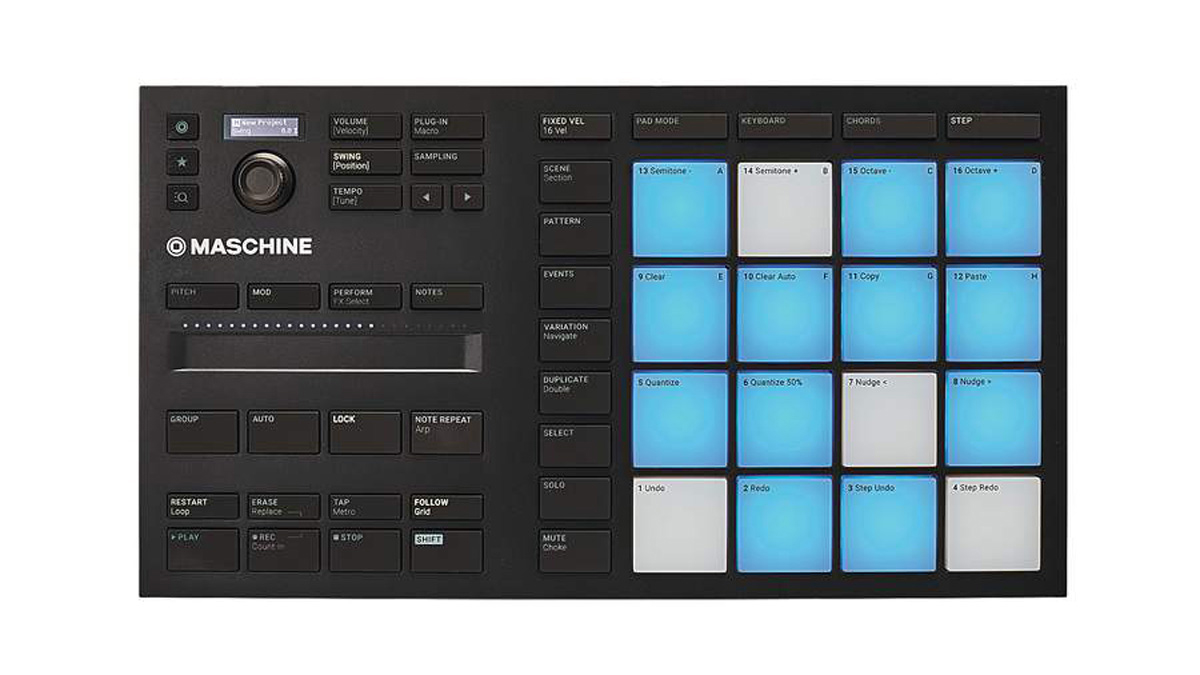
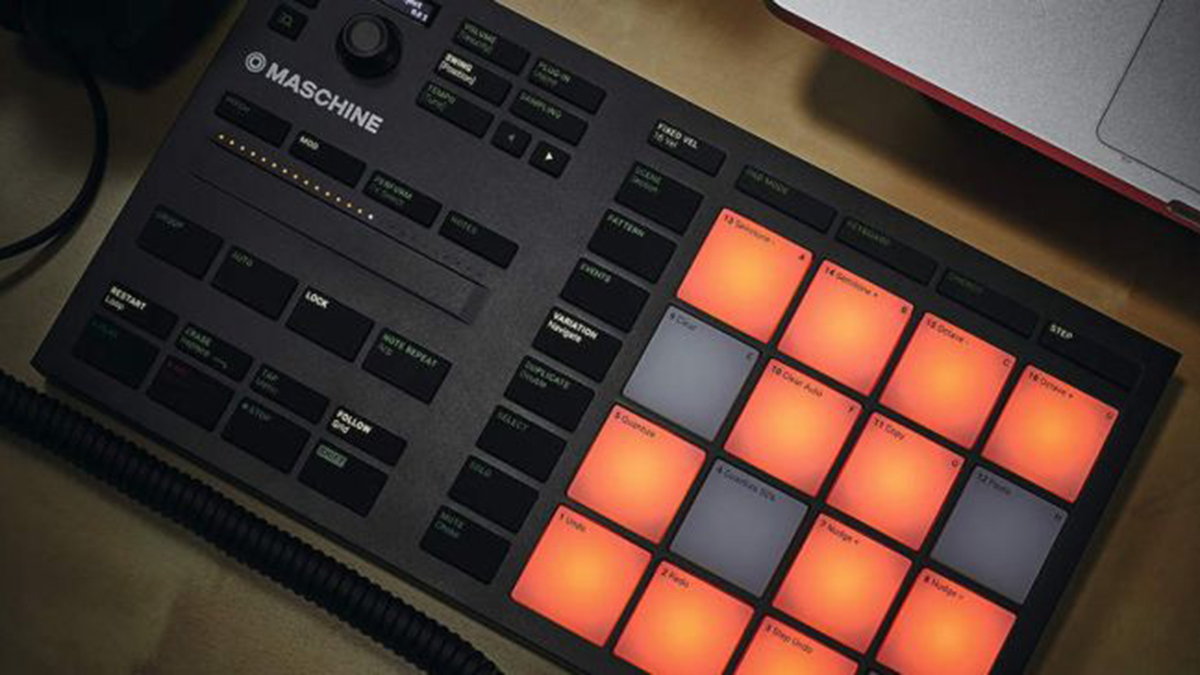
Specifications
Reasons to buy
Reasons to avoid
Maschine Mk3, with its added interface and improved screens, does an impressive job of drawing user focus away from the computer, making it easier to select, edit and play sounds without referencing plugin UI. Indeed NI's Maschine X goes one step further, allowing you to ditch the computer completely as it is used as a standalone music maker.
By drastically downsizing the hardware screen, this Maschine Mikro update actually pushes things in the opposite direction; minimising the amount of visual information that’s provided by the controller in favour of more space for hands-on control. While increased reliance on a computer screen might seem counter-intuitive, it actually does make a lot of sense.
Read our full Native Instruments Machine Mikro Mk3 review
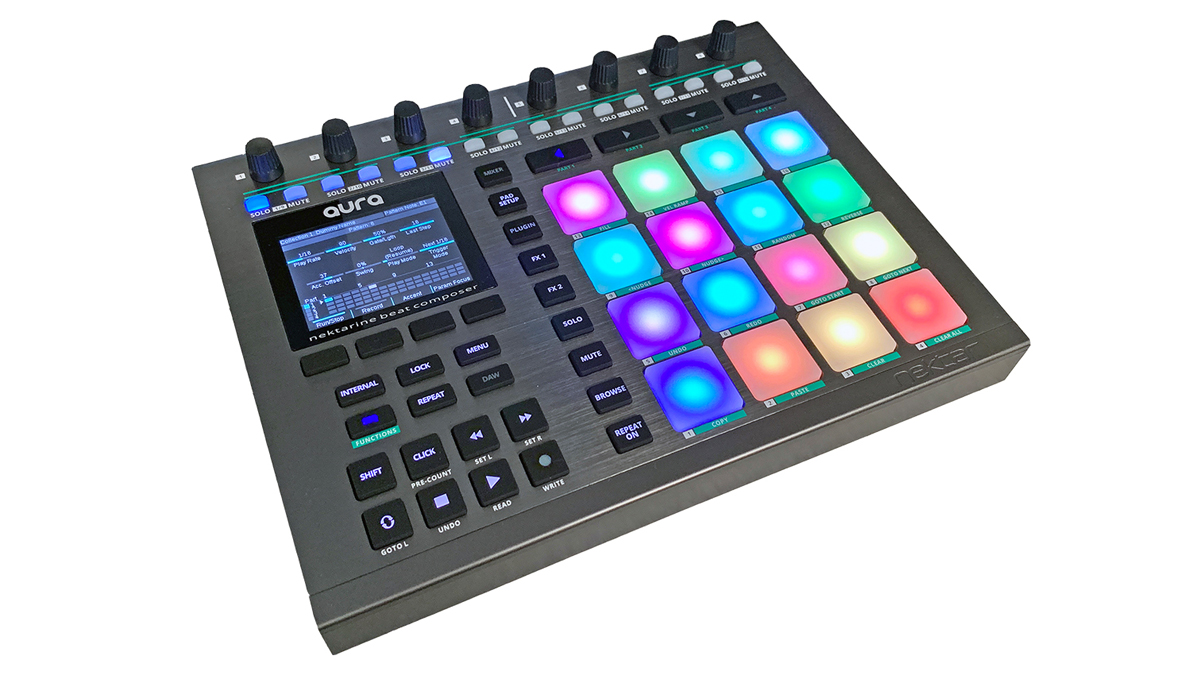
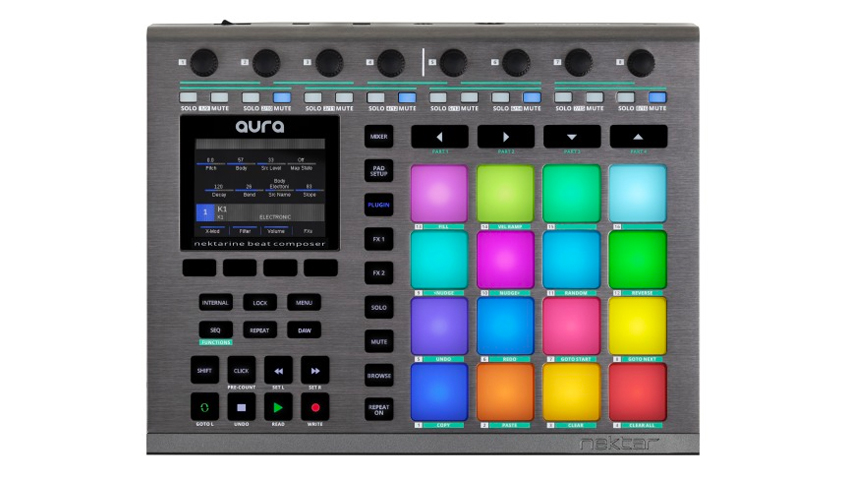
14. Nektar Aura
Our expert review:
Specifications
Reasons to buy
Reasons to avoid
Aura is a MIDI controller that wears its influences on its sleeve. Looking at its interface and layout, there’s no hiding the inspiration that Nektar has clearly taken from NI’s Maschine. The look may be familiar, but this is more than a mere knockoff.
Whereas Maschine is built to control its own specific application, Aura can control your existing library of plugin instruments and effects, hosted via its Nektarine 2.0 software. It promises tight control of all major DAWs too, as well as custom MIDI setups which can be used to manipulate your studio hardware via the controller’s MIDI output.
There are plenty of handy sequencing tools included inspired by the likes of Maschine and Akai’s MPCs, such as a beat repeat mode, step accents, multiple trigger modes and more. In all, this looks like a good option for anyone who’s every been tempted by the Maschine format but doesn’t necessarily want to buy into the Native Instruments ecosystem.
Best MIDI pad controllers: Buying advice

As you can see in our buyer's guide, MIDI pad controllers might look similar, but they are often very different devices, so you have to consider some major functional variations.
First up, are you really after a keyboard in addition to or instead of pads? Many of our pad controllers here will let you play in melodies via their pads, but it may well be a more traditional keyboard controller that you are after if proper playing is what you are after. If so, check out our best MIDI keyboards guide.
Then you should ask yourself if you need velocity sensitivity – can the controller’s pads sense how hard you are pressing them? This is a must-have if you want expressive playing of melodic parts – perhaps to replace your more 'standard' MIDI keyboard – or drum grooves. However, if your priorities are step-sequencing and clip-launching, this is probably a feature you can do without.
Next there is back-lighting and customisable colour coding of the pads. This might seem like an aesthetic feature – something to make your controller look cool – but if you’re planning on using it live, the ability to colour code controls could be a lifesaver when you’re up on stage with moody or unpredictable lighting.
Finally, when choosing from among the best MIDI pad controllers, there’s a host of other options worth considering beyond the pads themselves too, including screens, faders, rotaries and more. As with buying any MIDI controller, the most effective way to approach things is to work out exactly what you want to achieve using your new controller, and then consider how each device will help you do this.
Find out more about how we test music gear and services at MusicRadar.
Related buyer's guide
MusicRadar's got your back
- These are the world's best samplers
- And these are the best audio interfaces
- Best cheap synthesizers: portable, desktop and keyboard
- Check out the best beginner DJ mixers
- Best MIDI keyboards: Mac, PC, iPhone and iPad MIDI keyboards
- Best pianos: acoustic and digital pianos
- Best drum machines: grooveboxes for beginners and pros
- The best studio monitors for music-makers
- 10 best guitar audio interfaces for recording guitar
Get the MusicRadar Newsletter
Want all the hottest music and gear news, reviews, deals, features and more, direct to your inbox? Sign up here.
MusicRadar is the number one website for music-makers of all kinds, be they guitarists, drummers, keyboard players, DJs or producers...
- GEAR: We help musicians find the best gear with top-ranking gear round-ups and high-quality, authoritative reviews by a wide team of highly experienced experts.
- TIPS: We also provide tuition, from bite-sized tips to advanced work-outs and guidance from recognised musicians and stars.
- STARS: We talk to musicians and stars about their creative processes, and the nuts and bolts of their gear and technique. We give fans an insight into the craft of music-making that no other music website can.
